
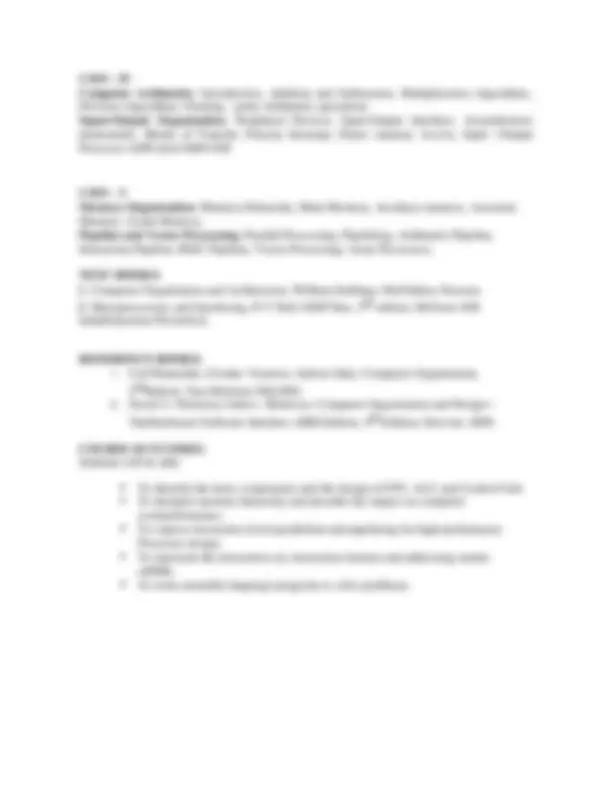
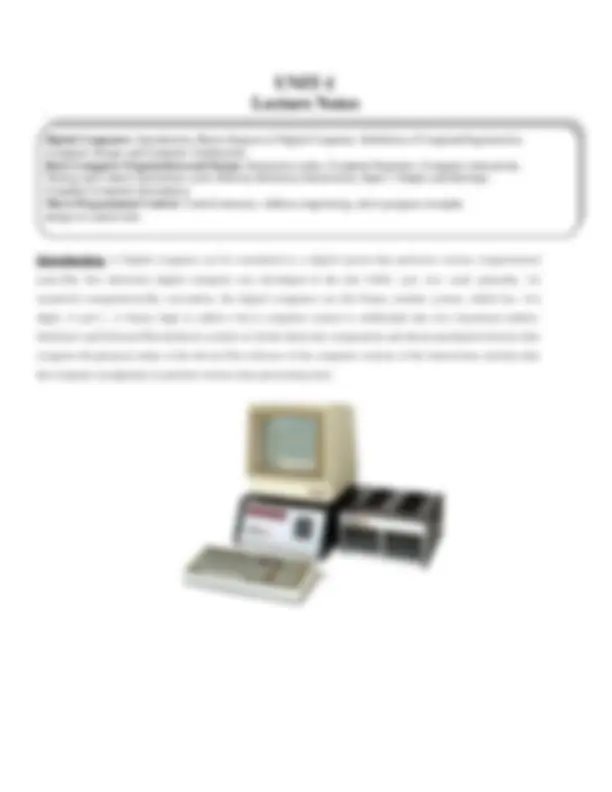
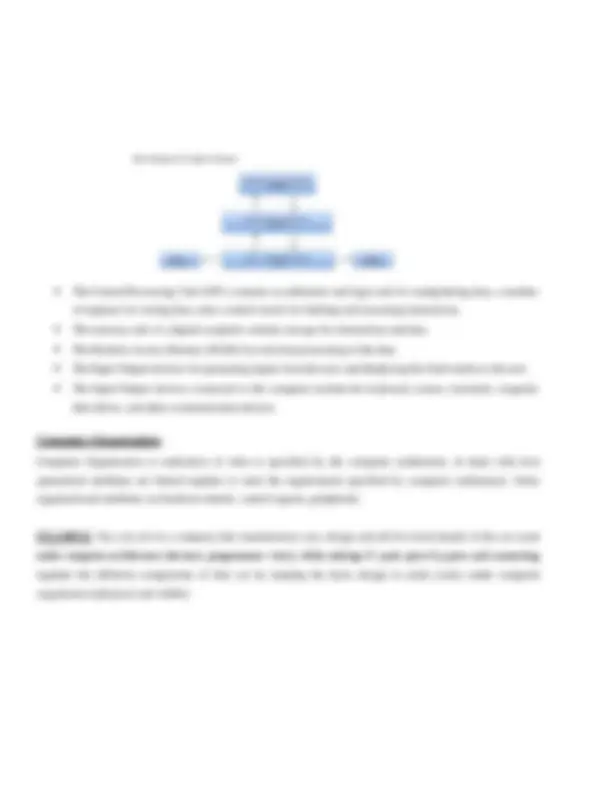
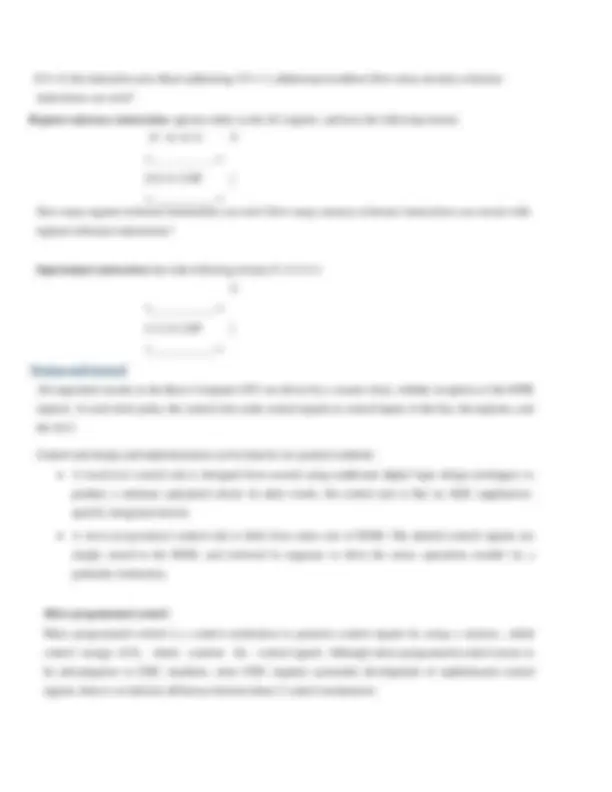
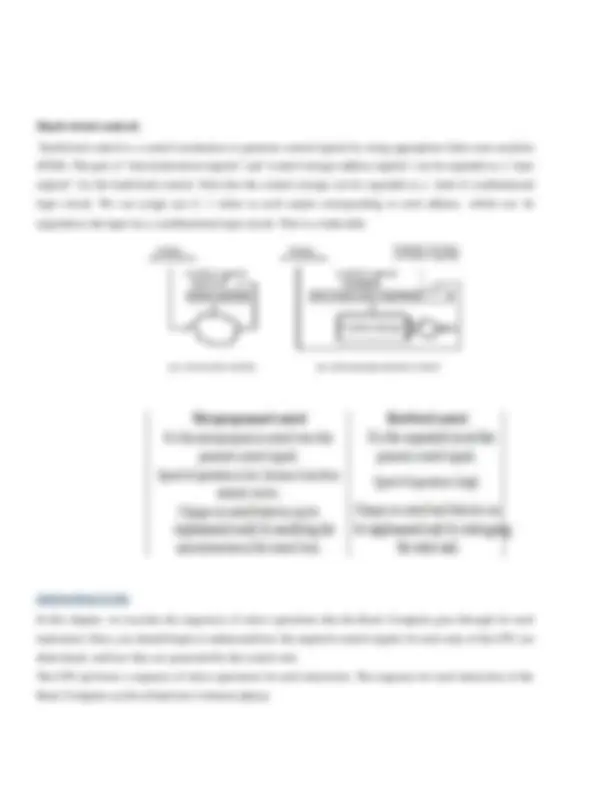
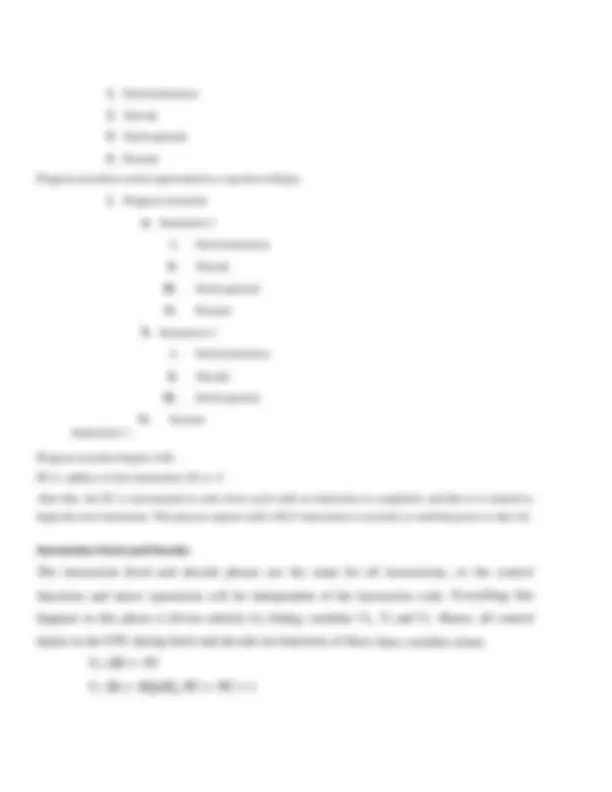
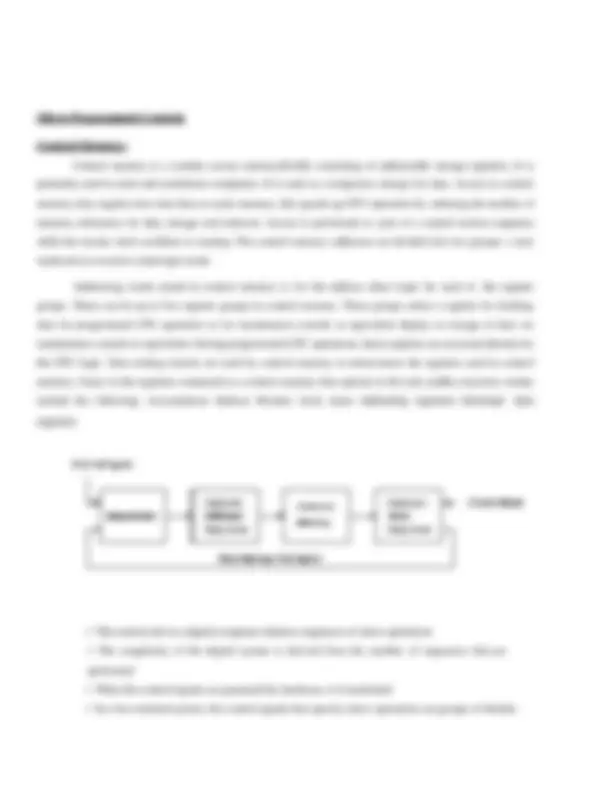
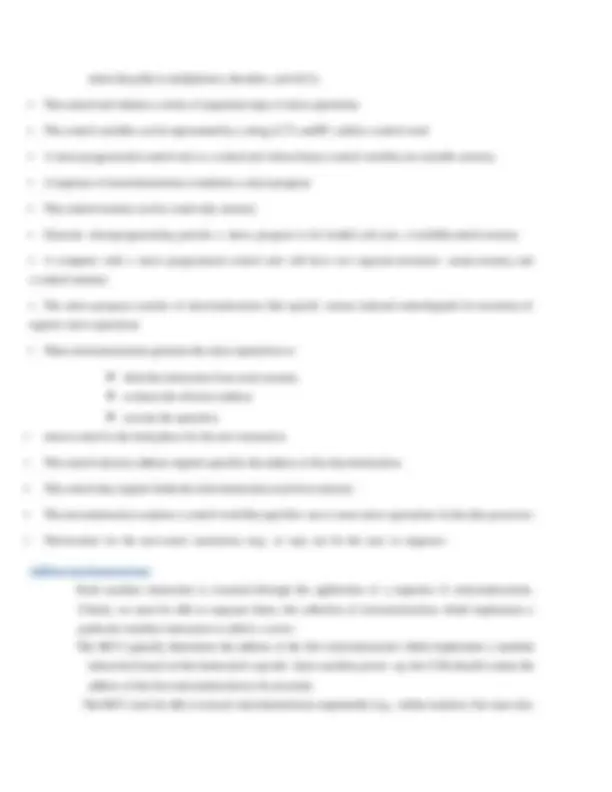
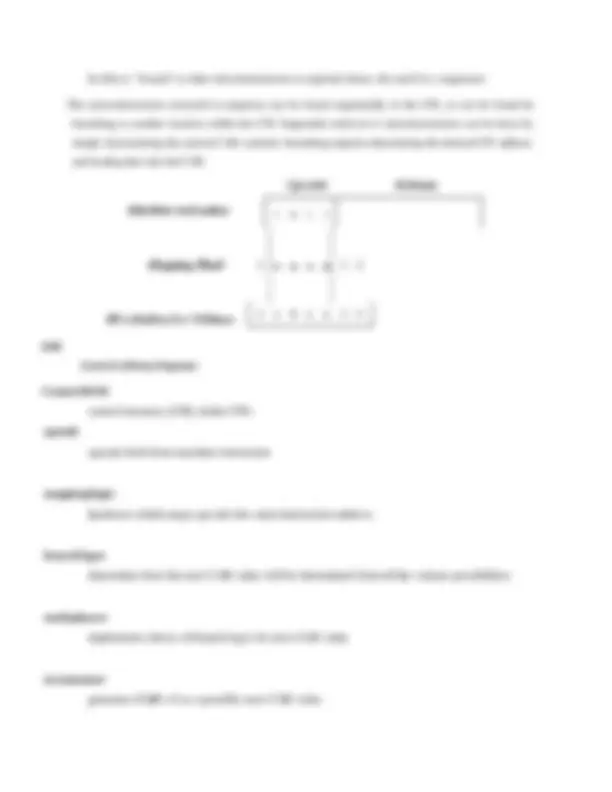
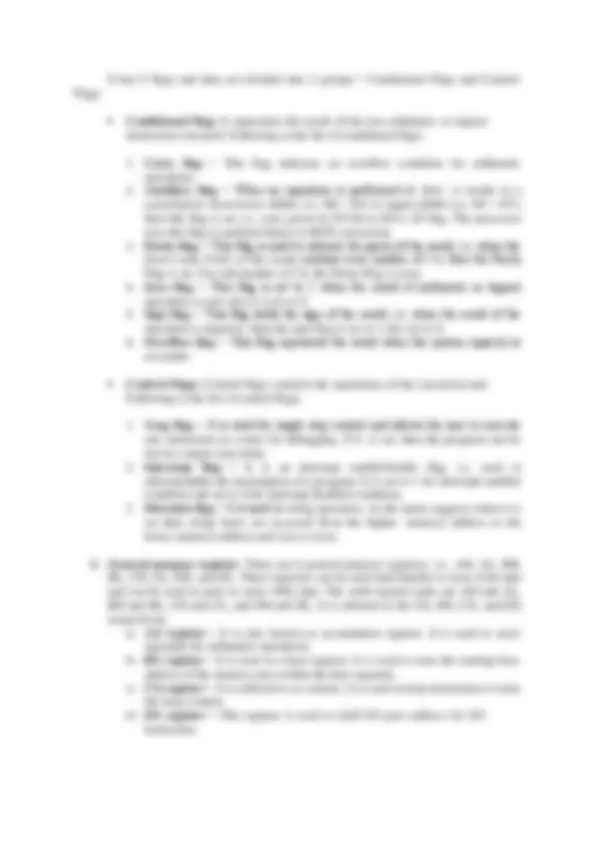
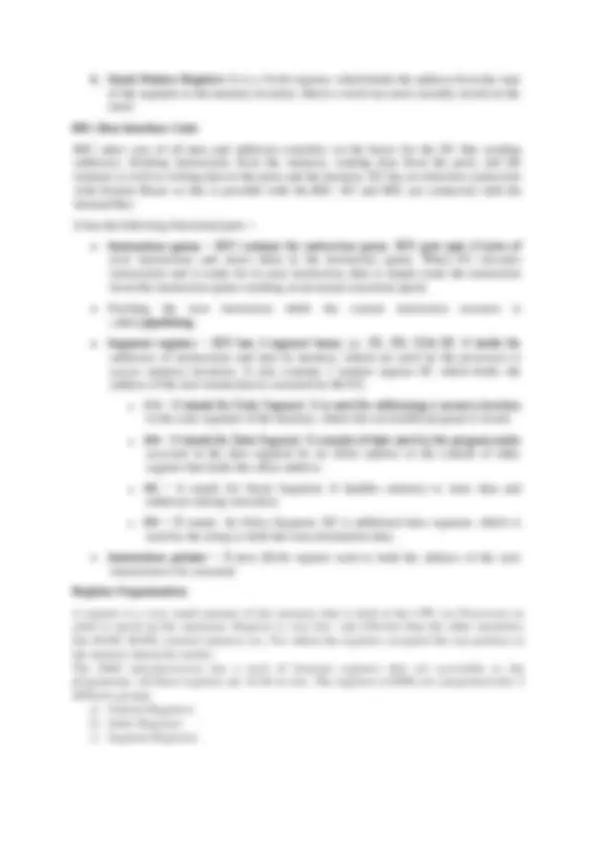
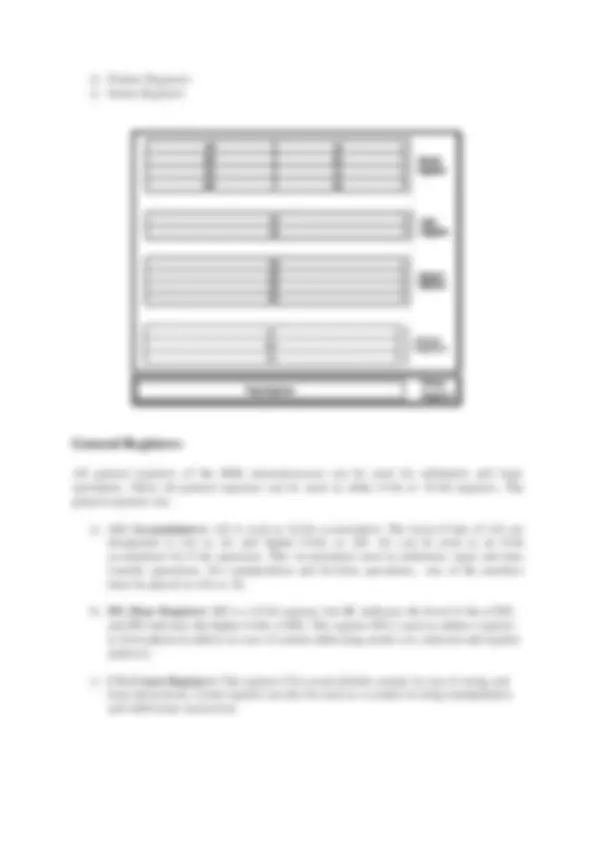
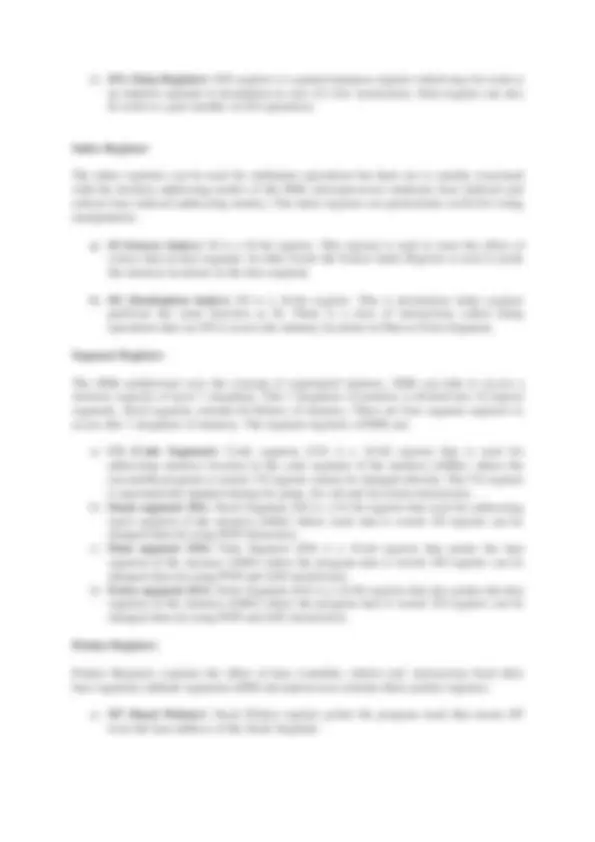
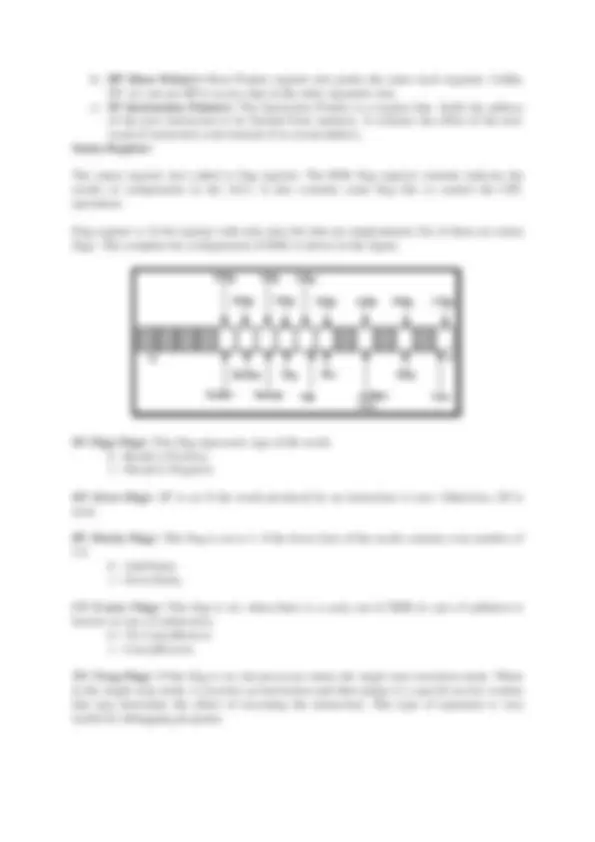
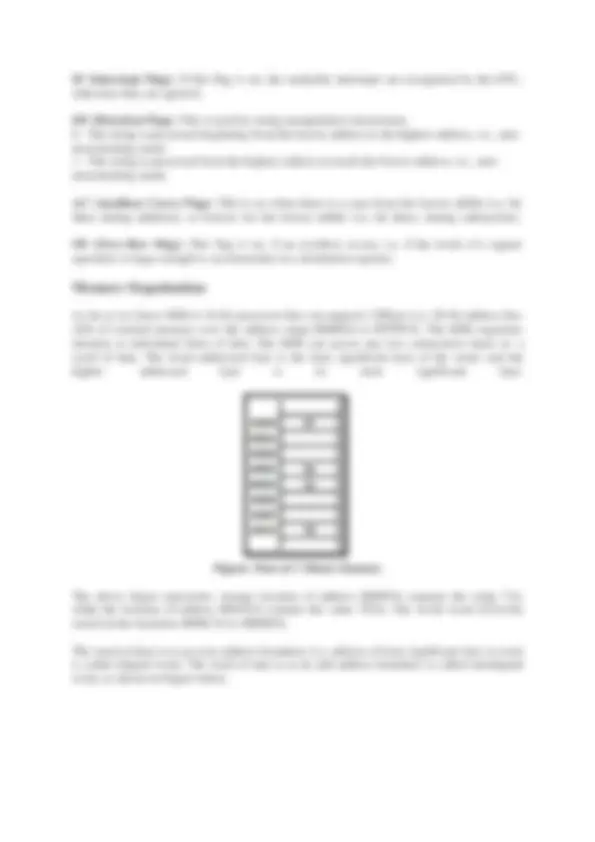
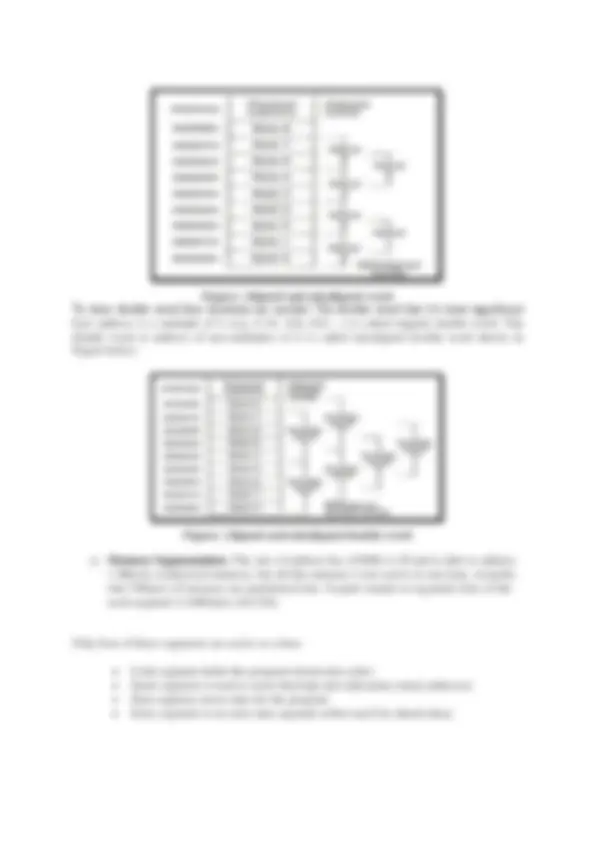
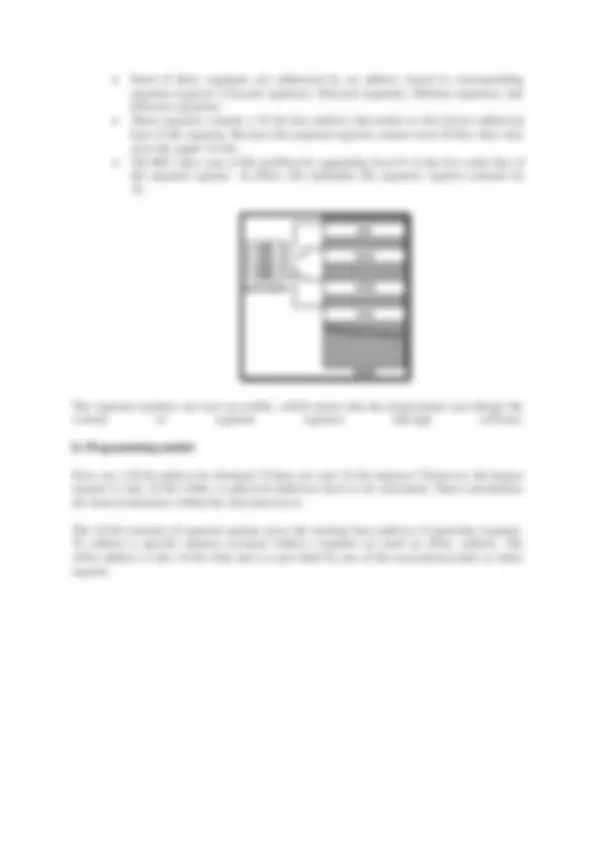
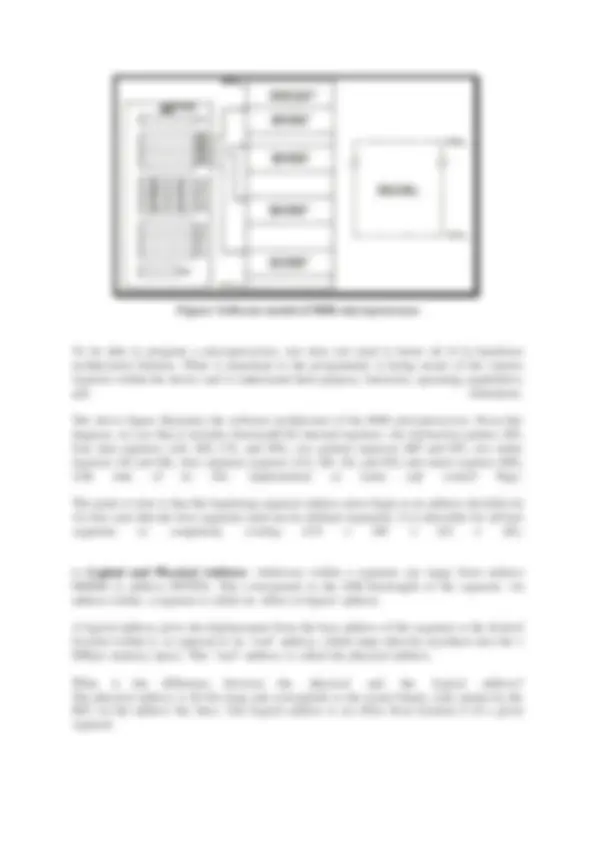
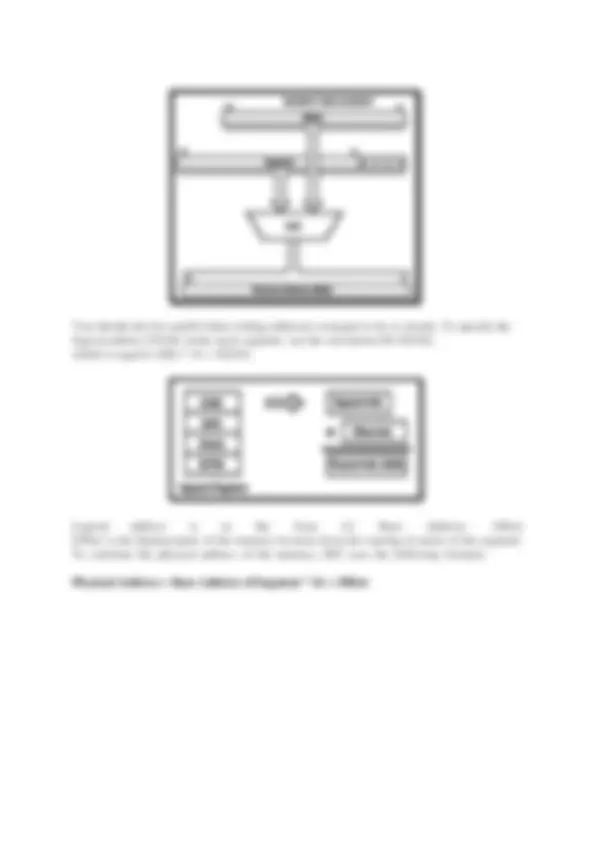
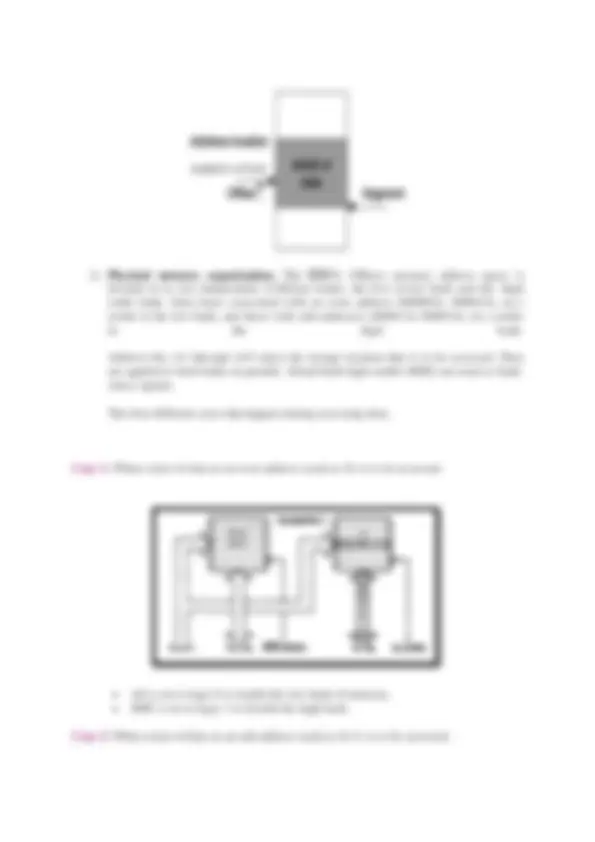
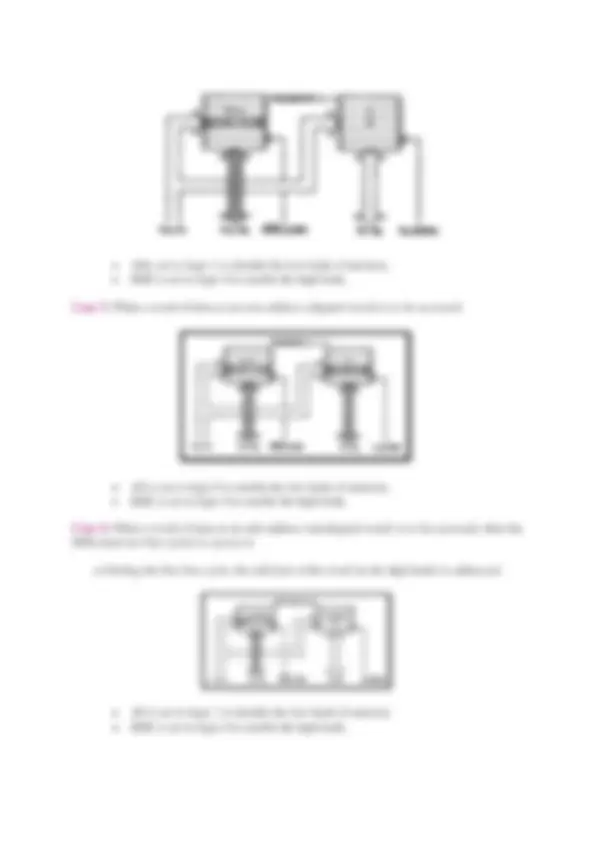
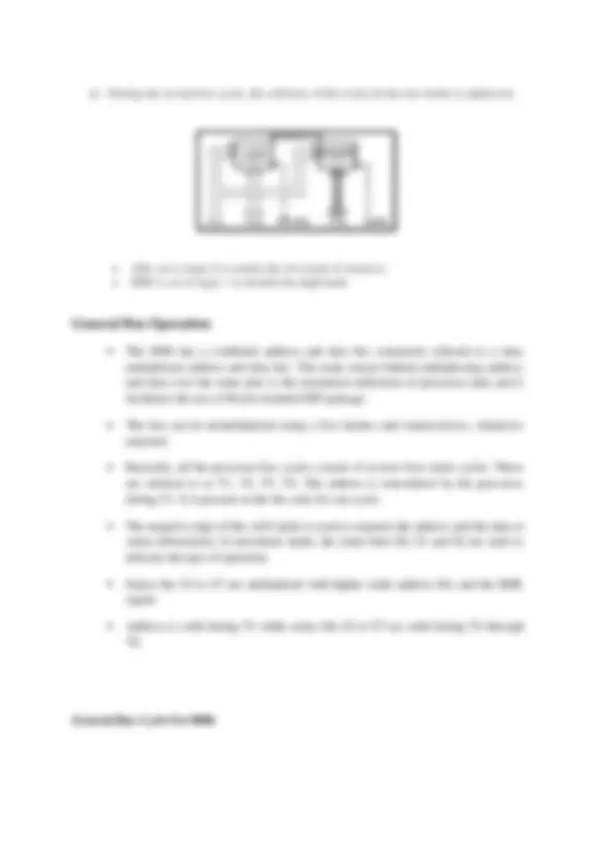
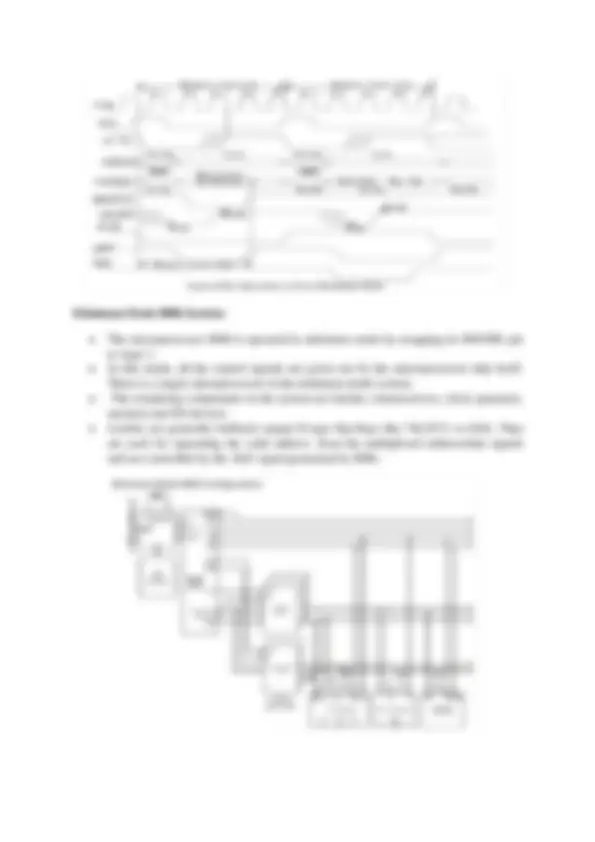
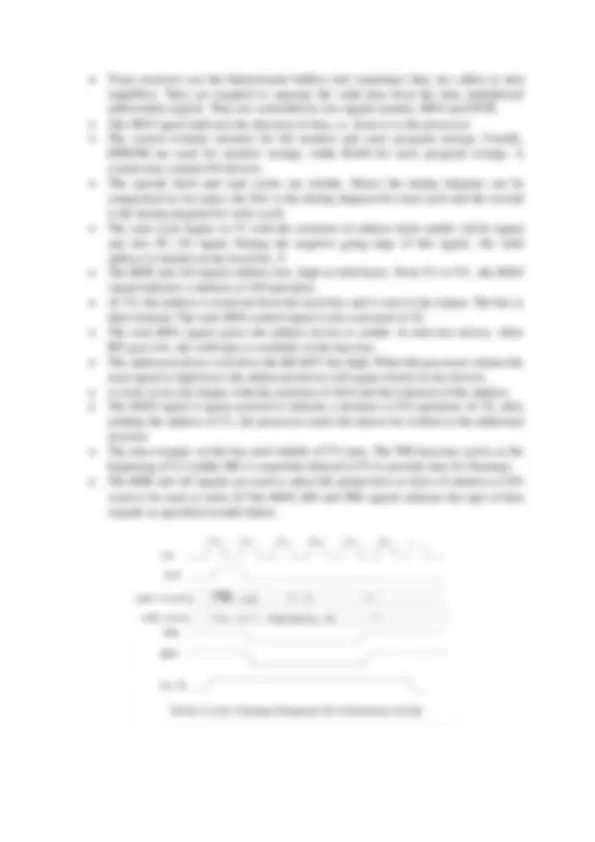
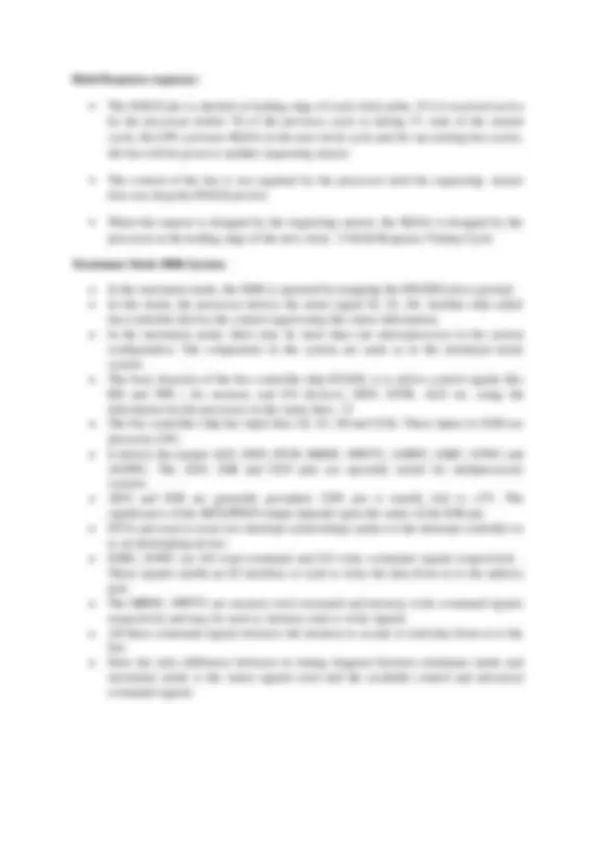
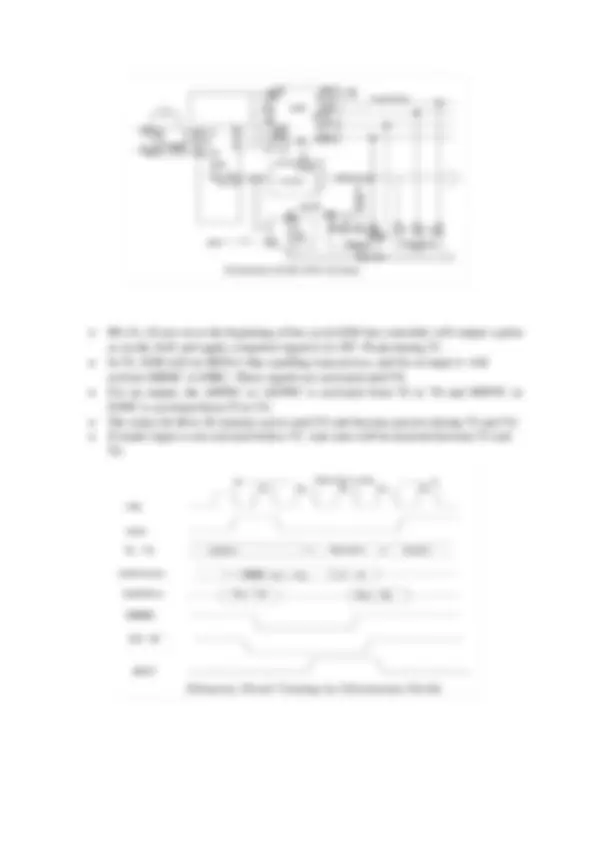
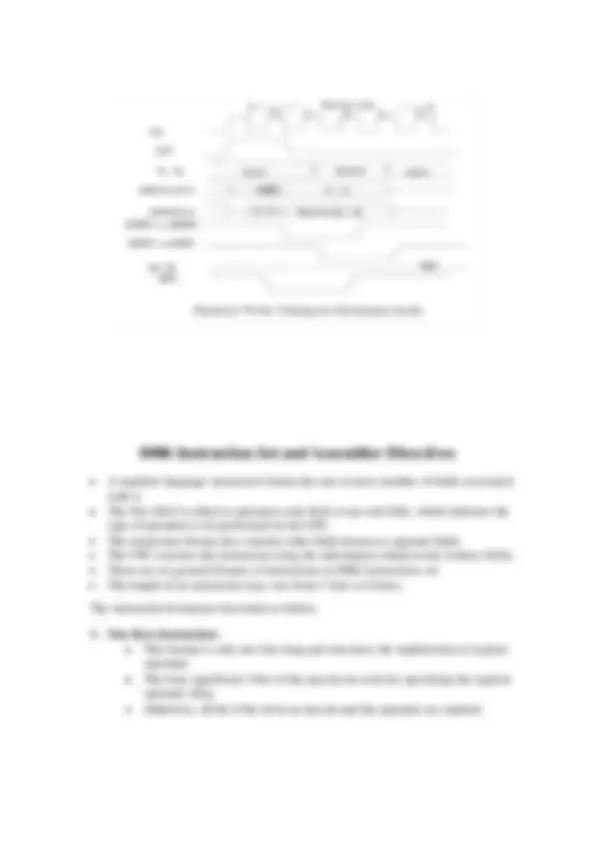
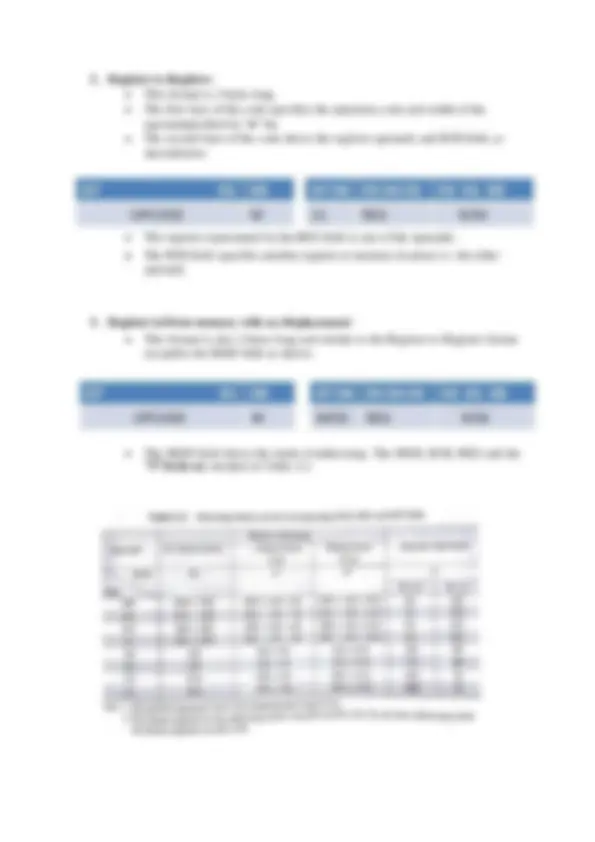
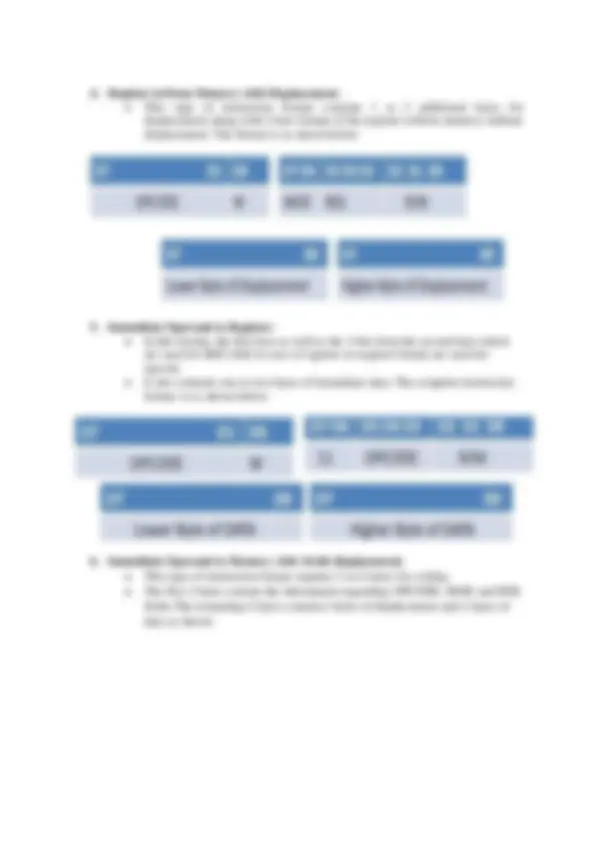
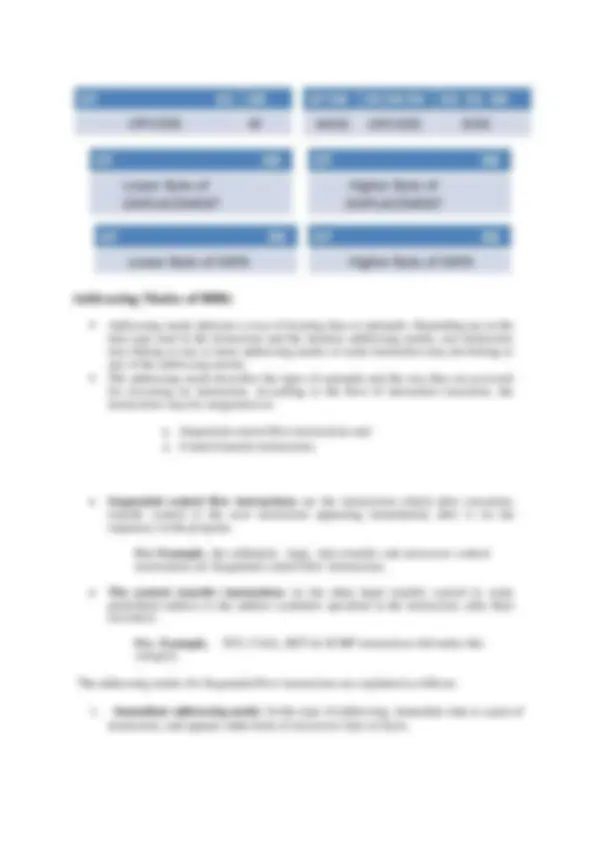
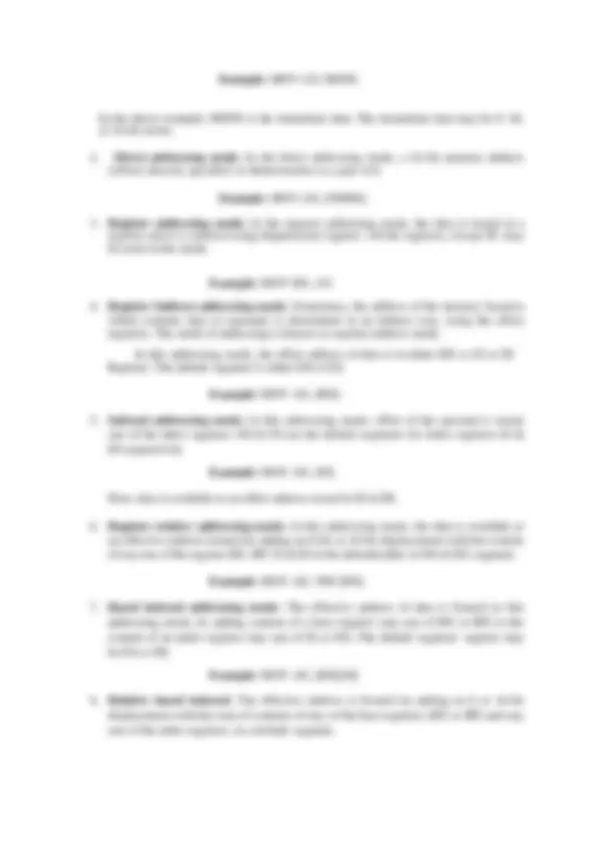
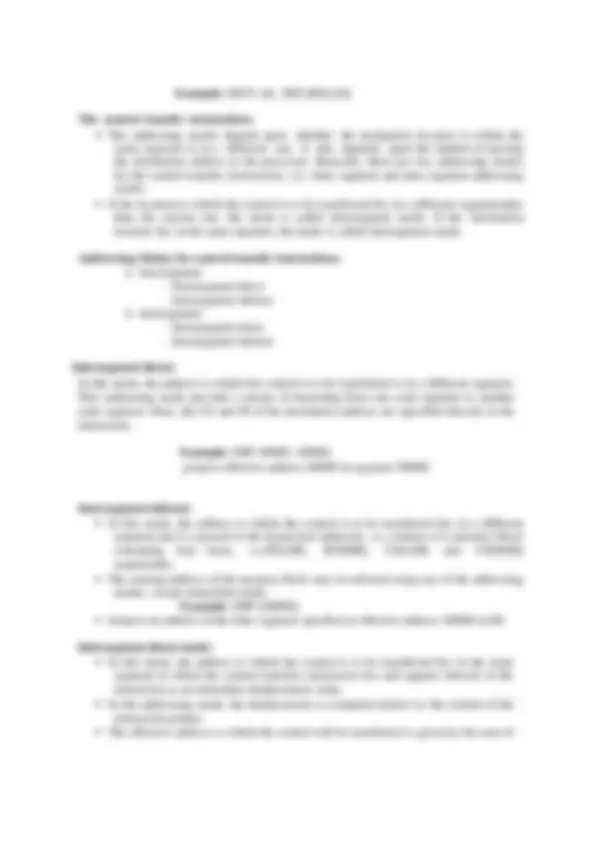
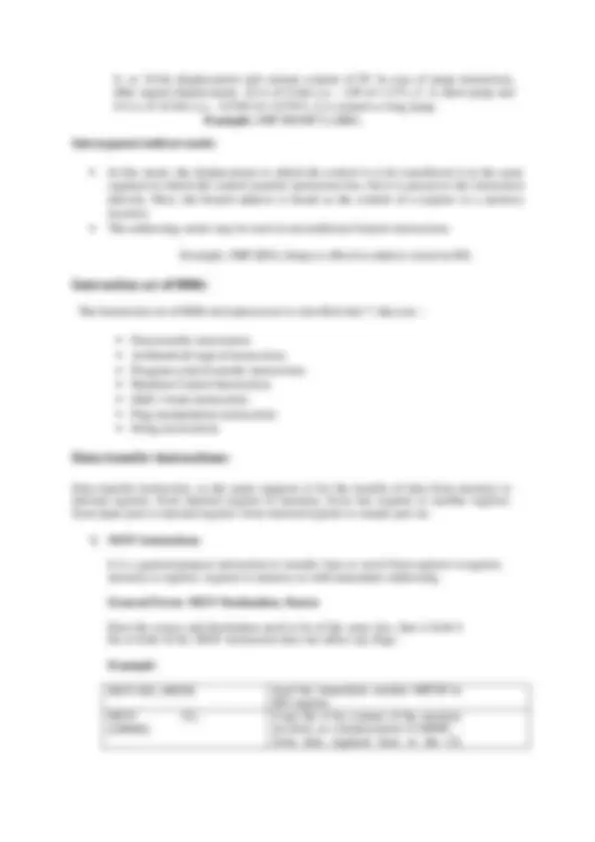
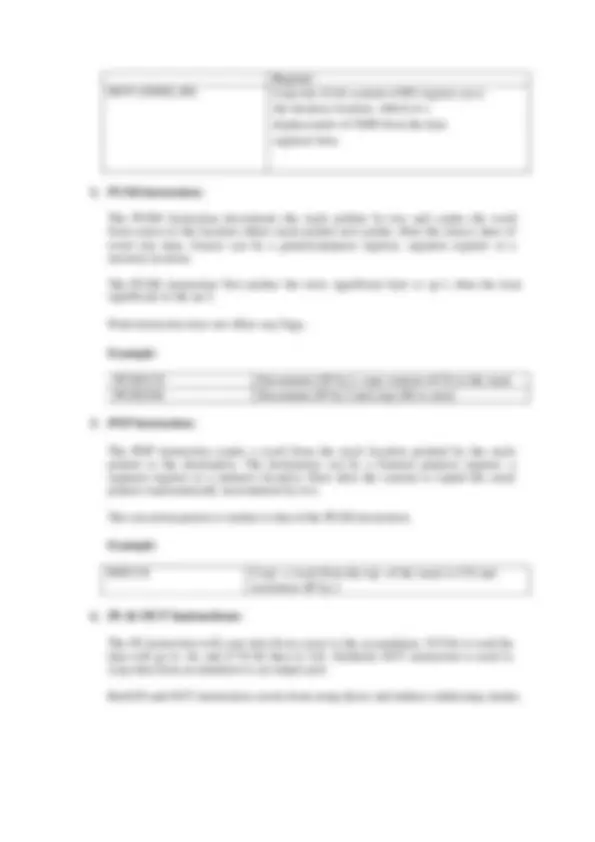
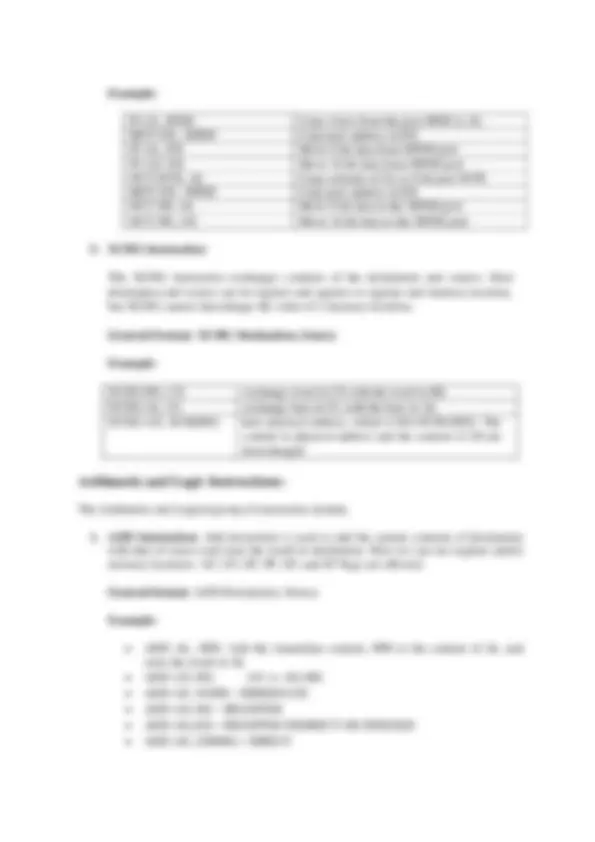
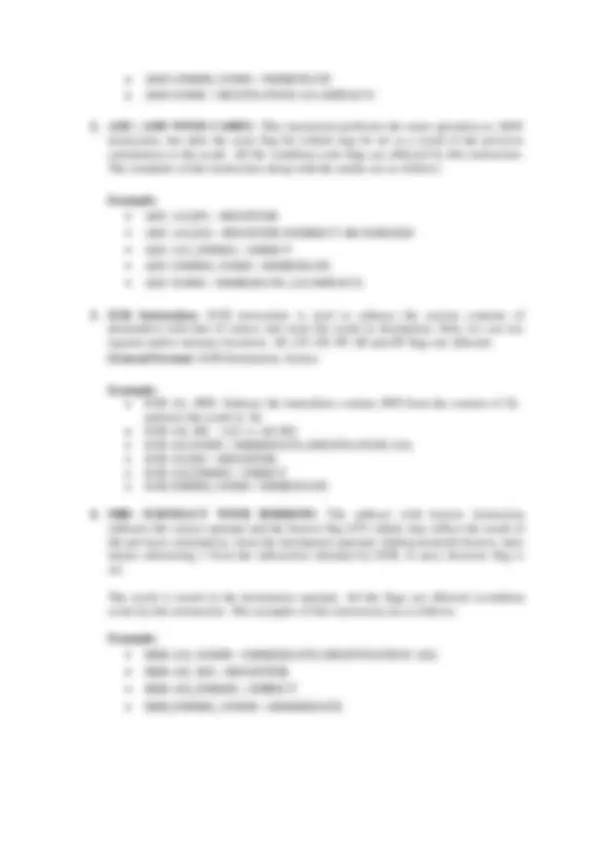
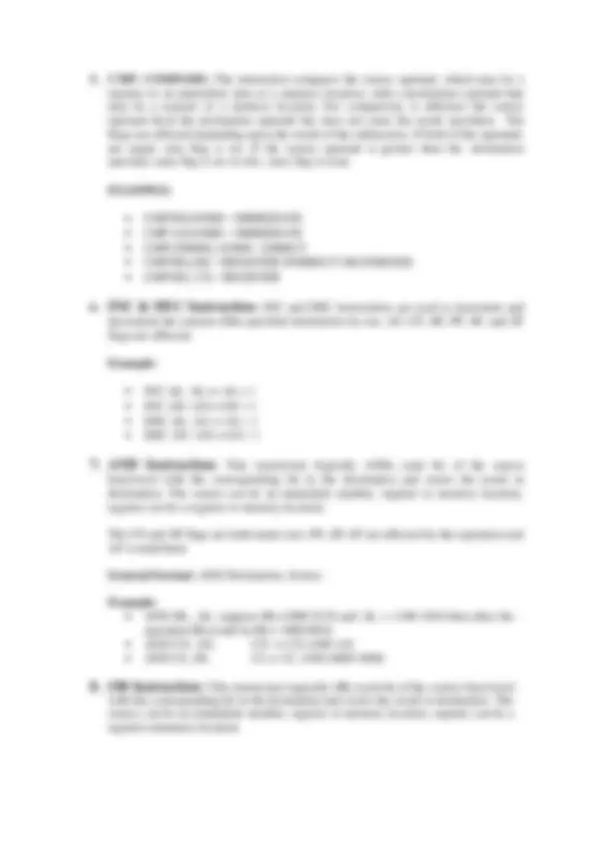
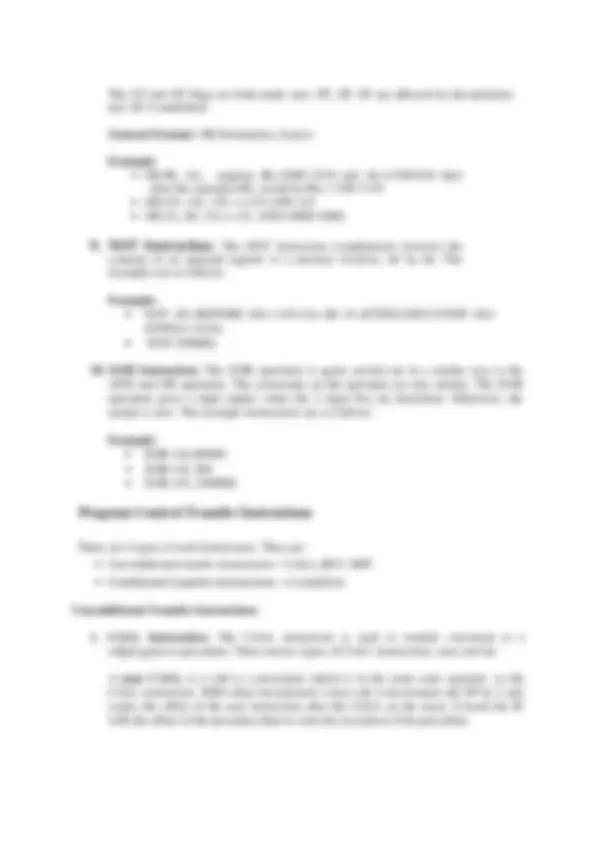
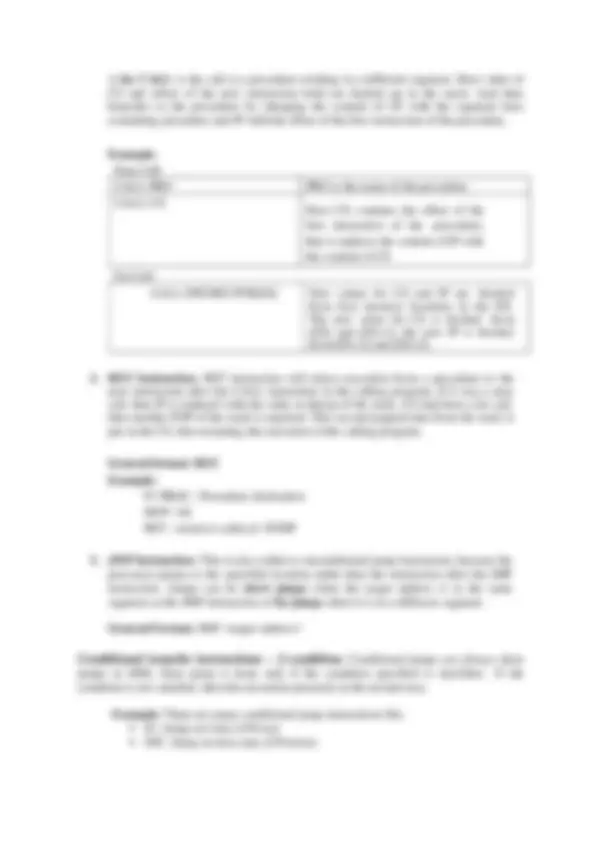
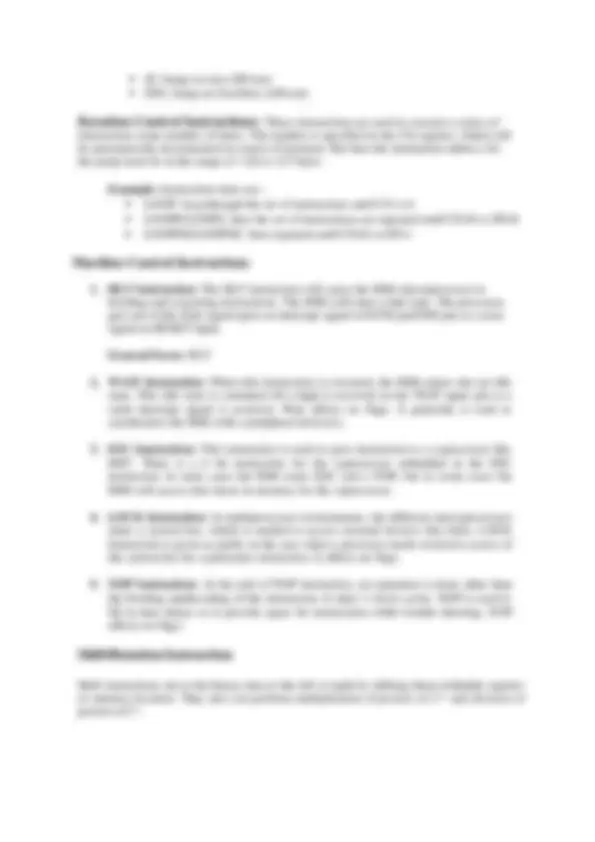
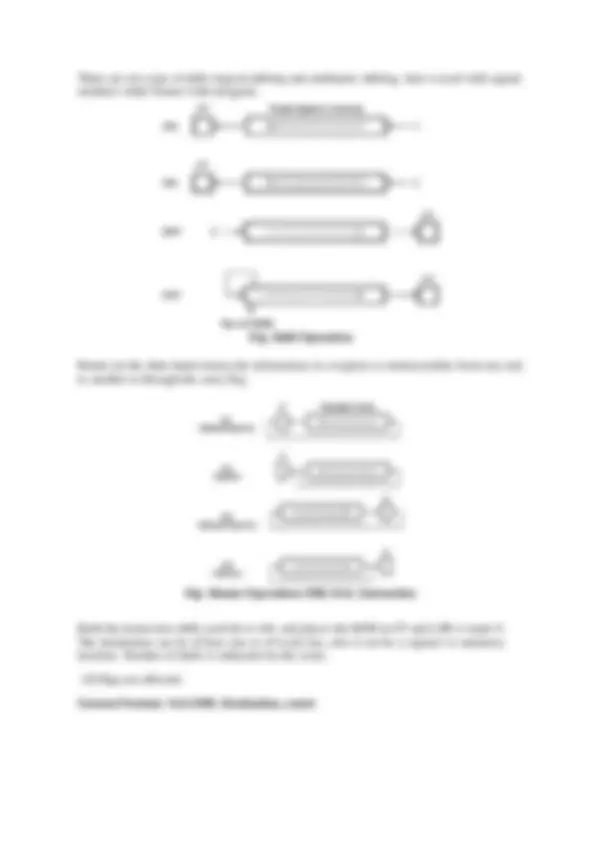
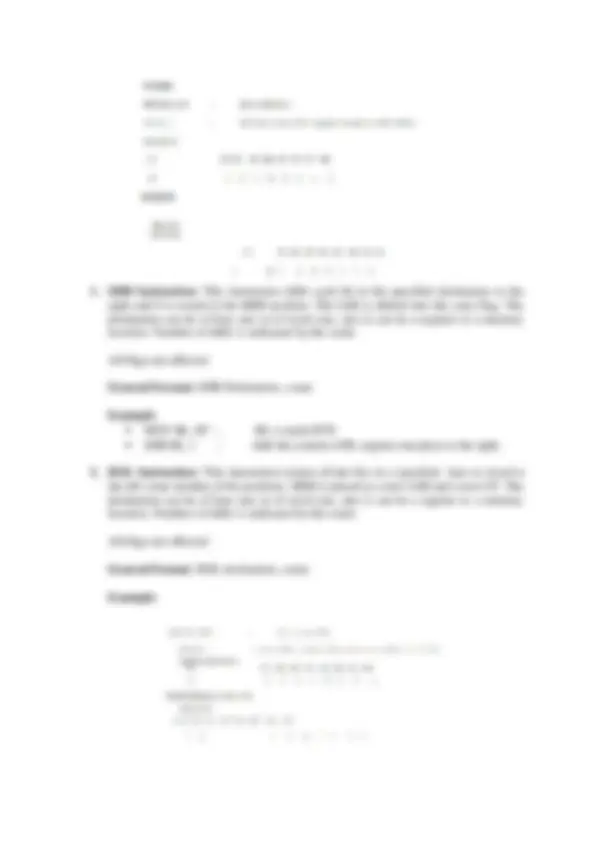
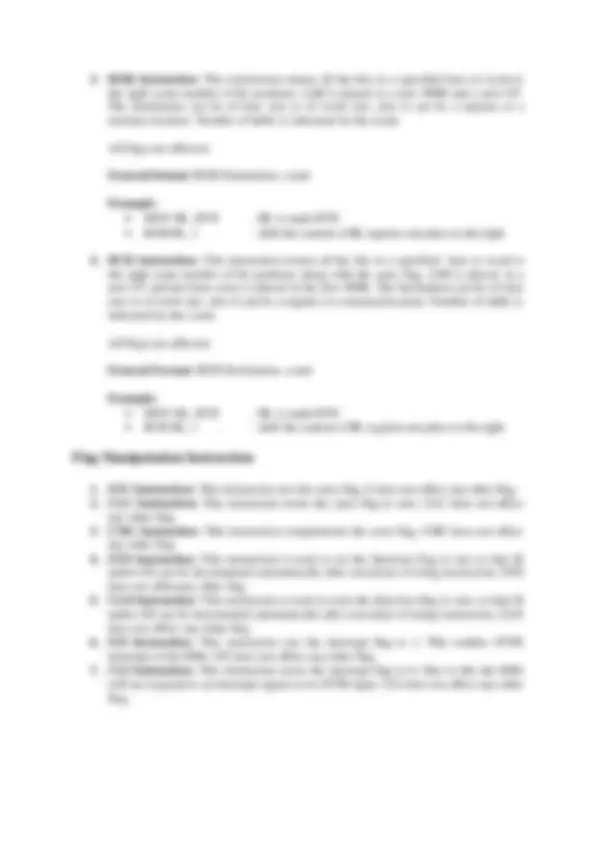
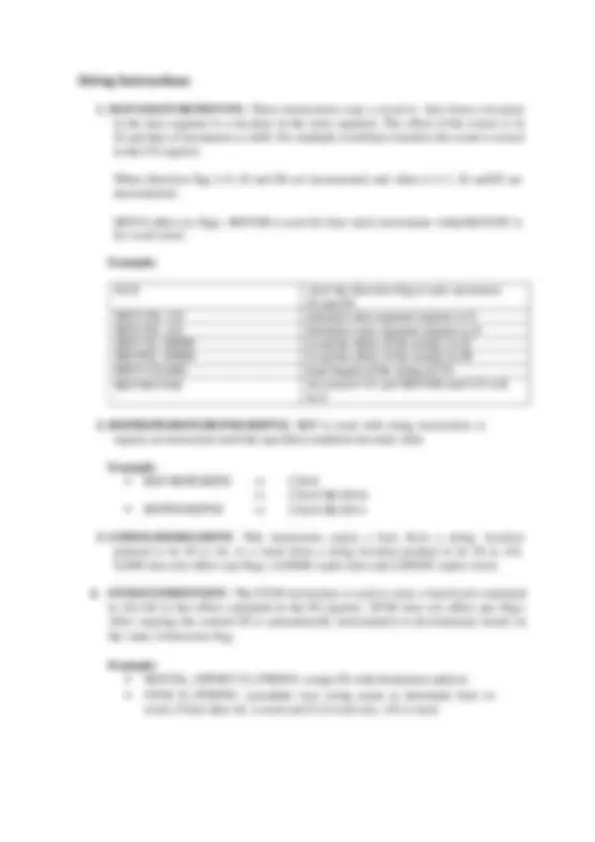
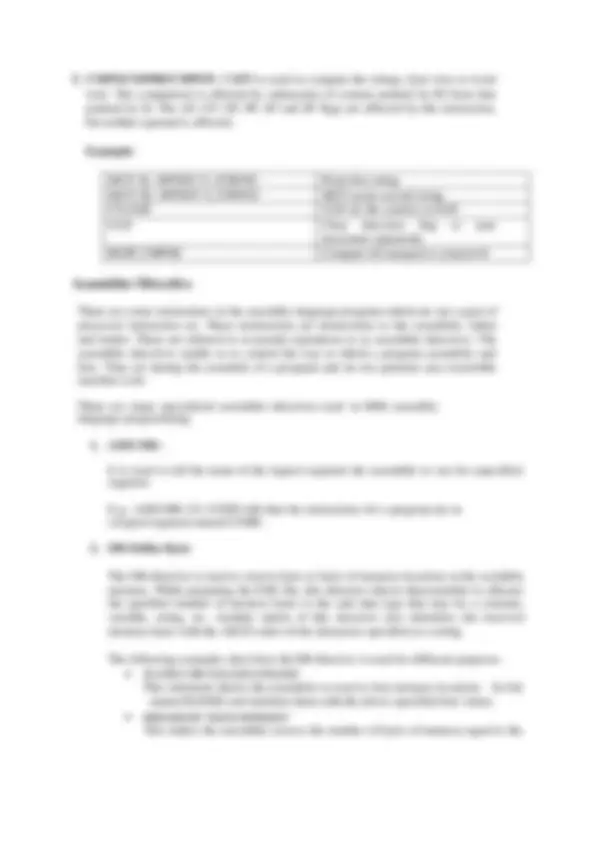
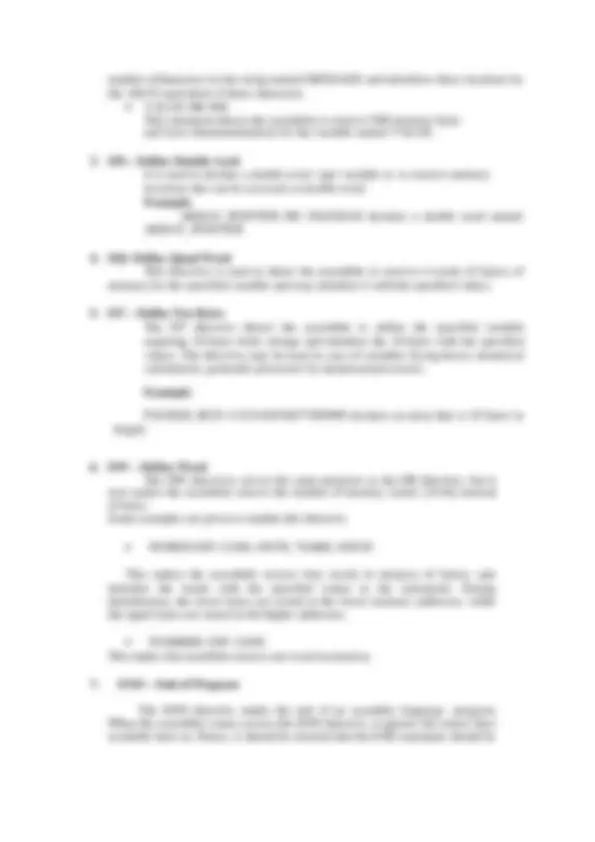

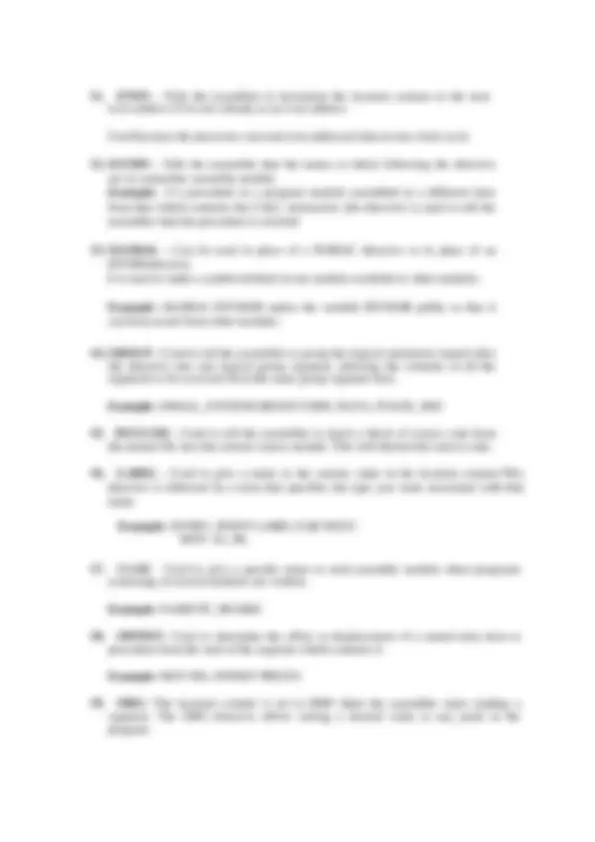
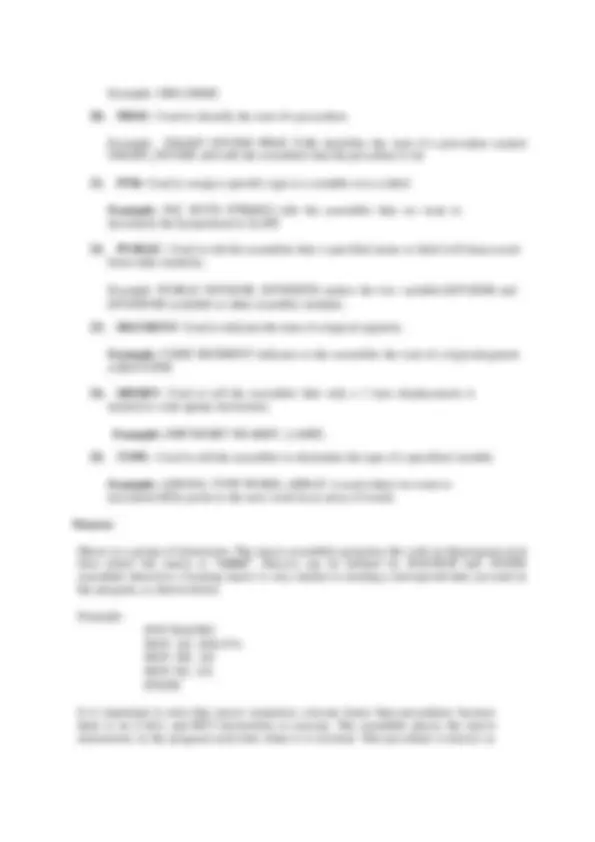
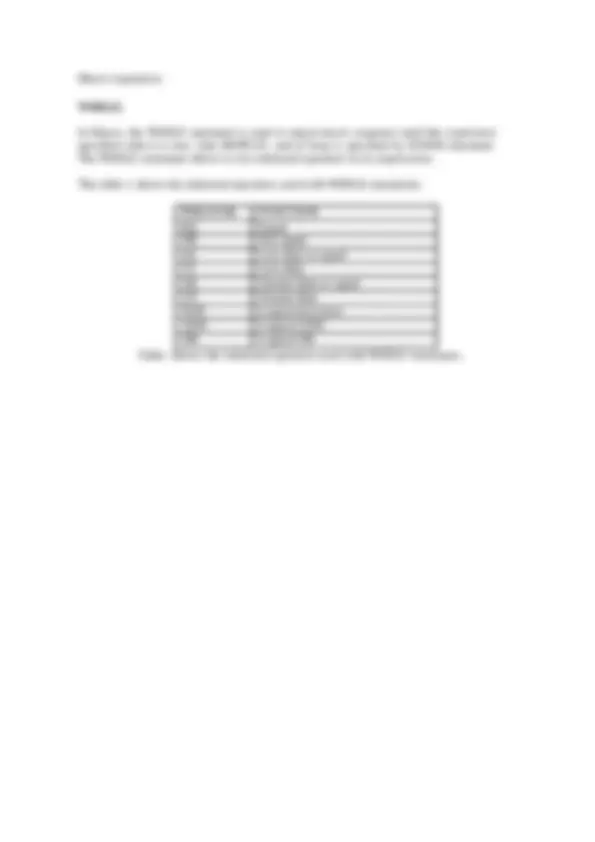
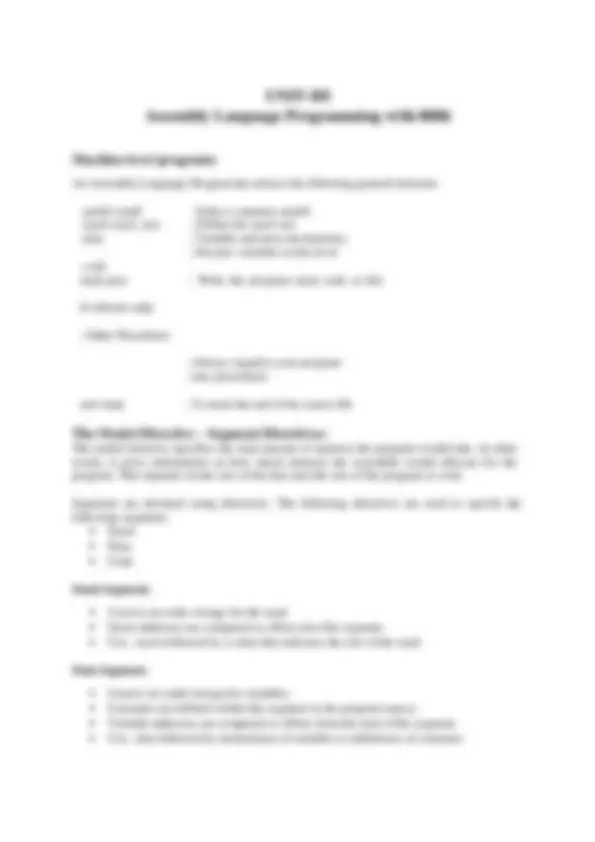
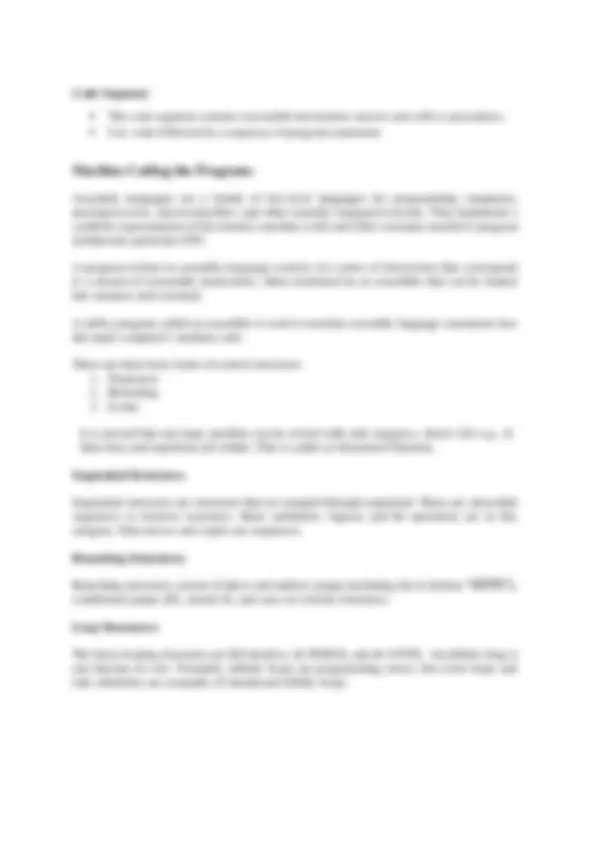
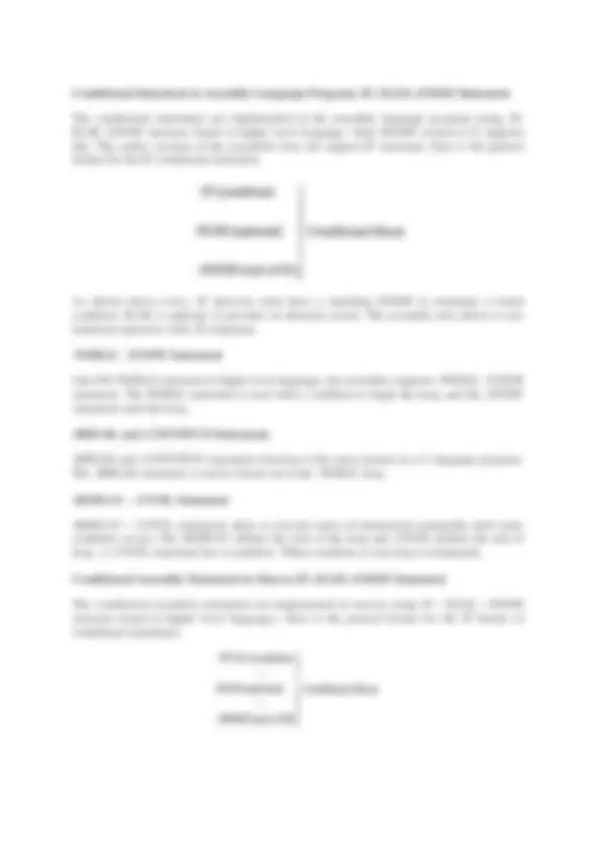
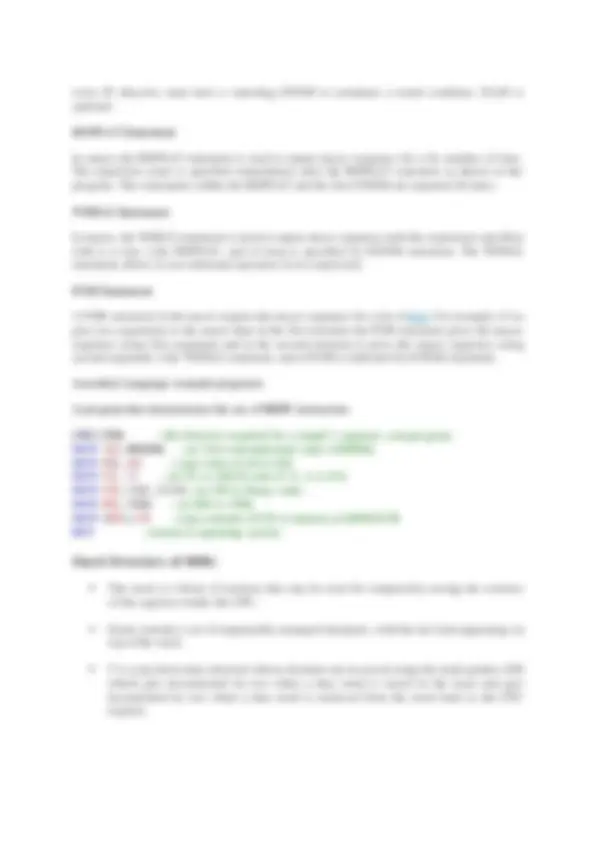

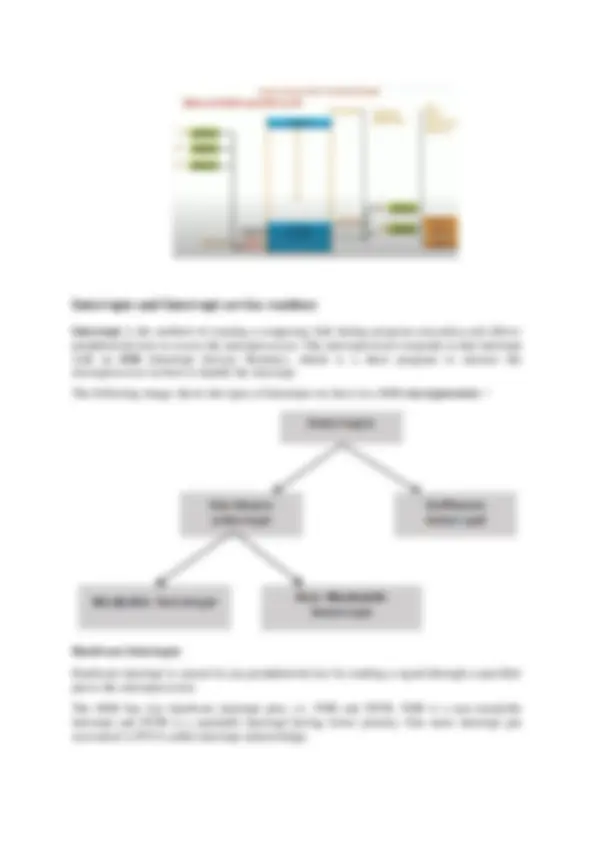
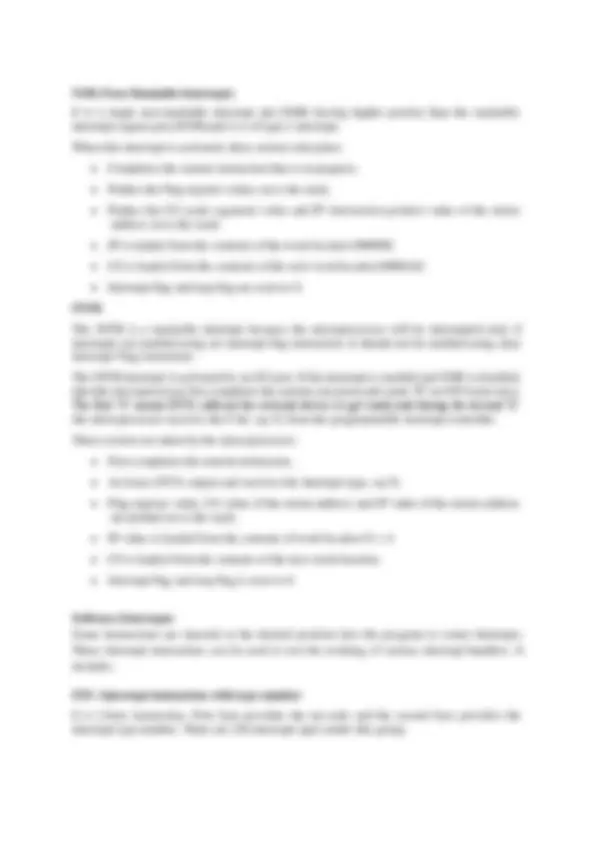
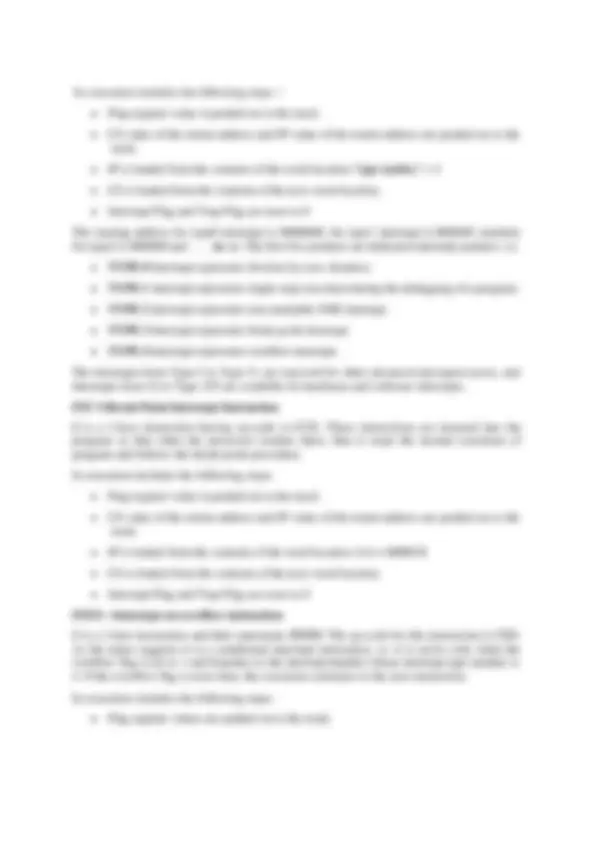
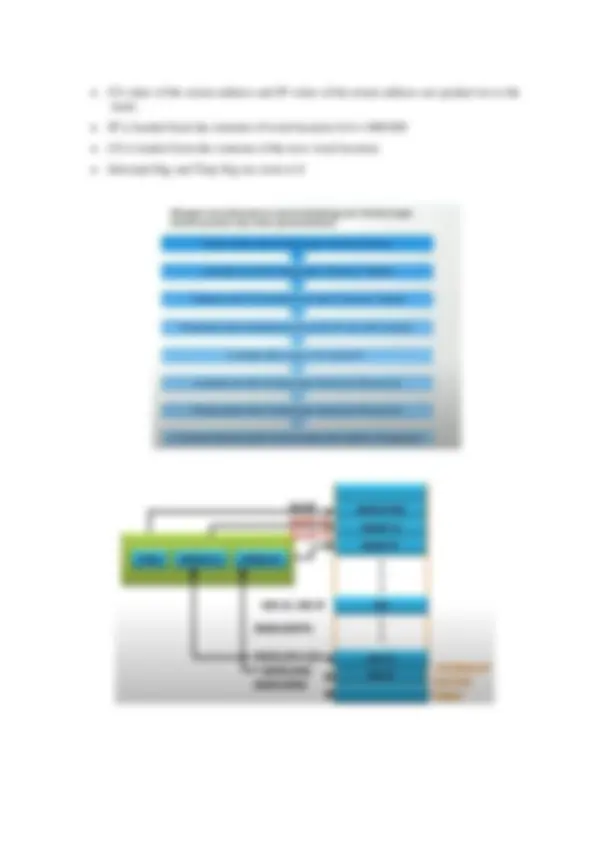
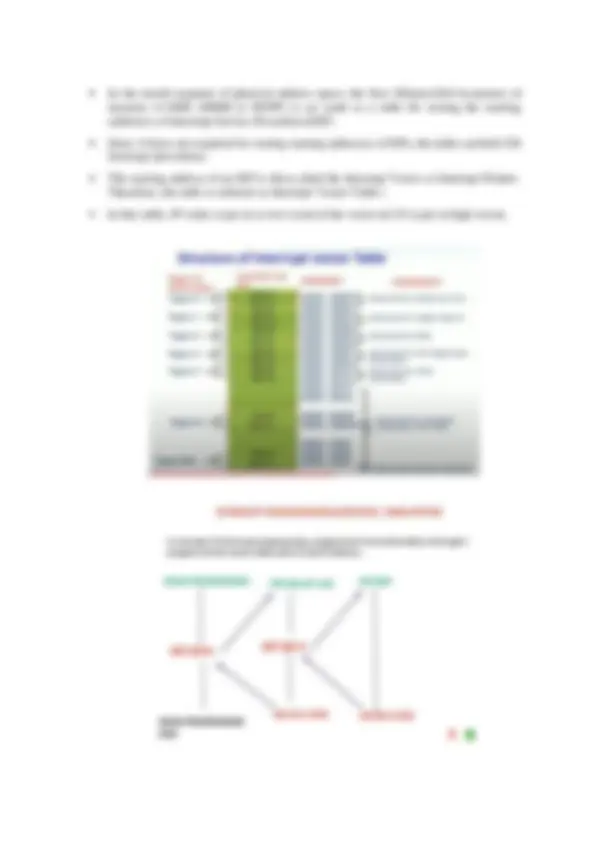
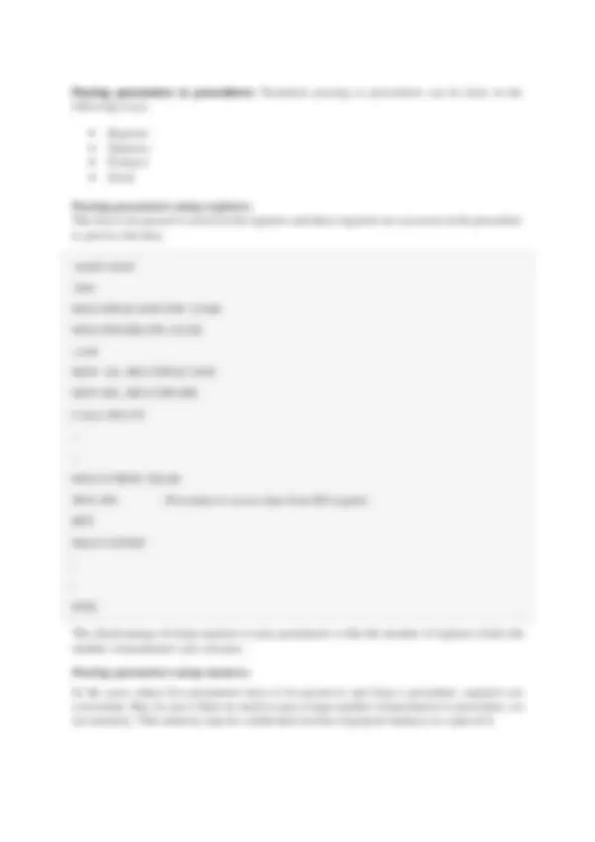
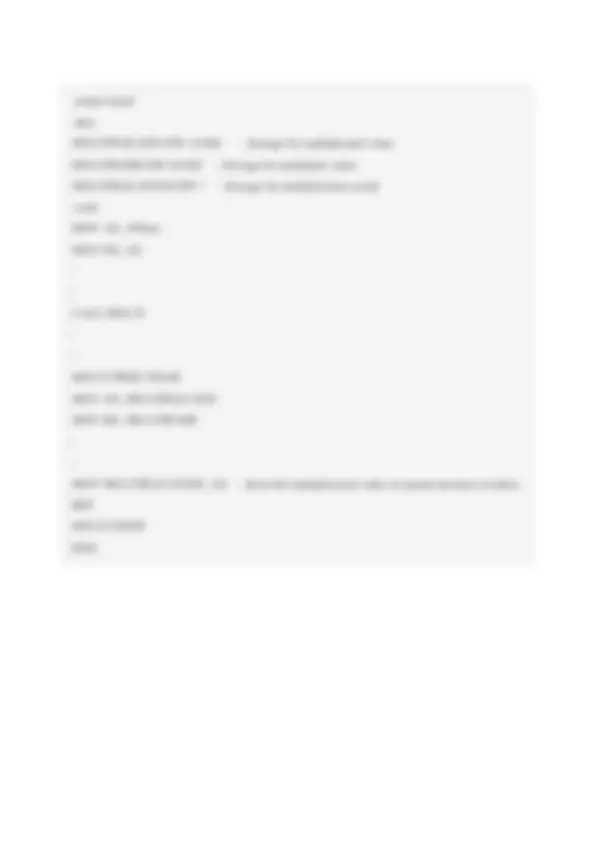
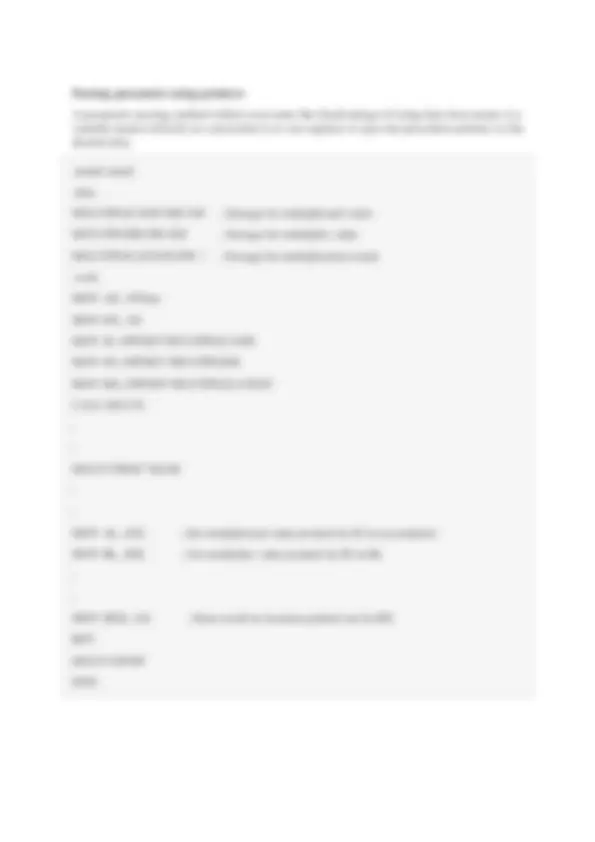
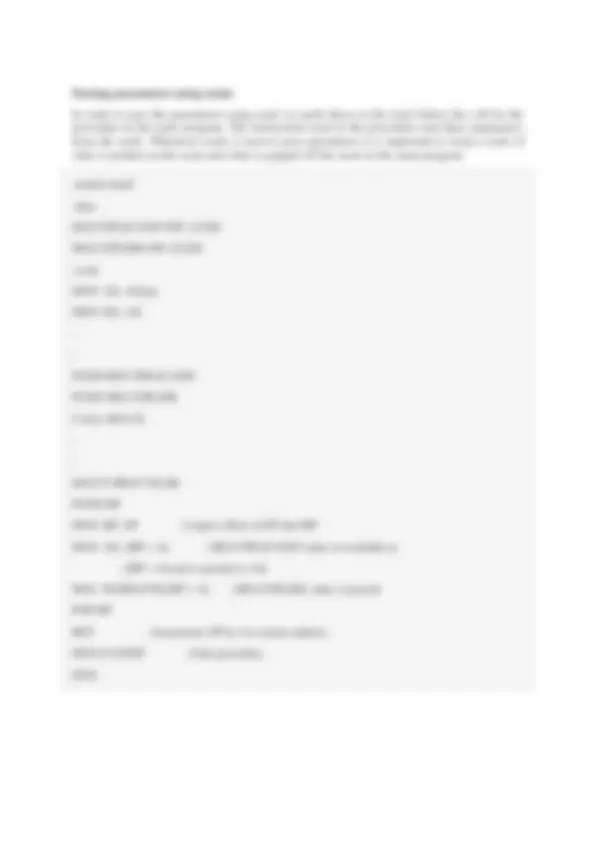
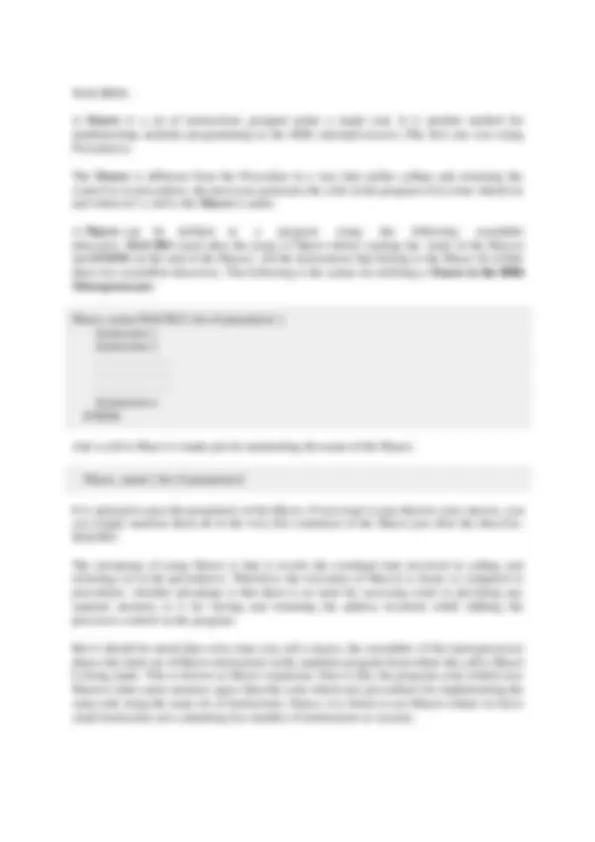
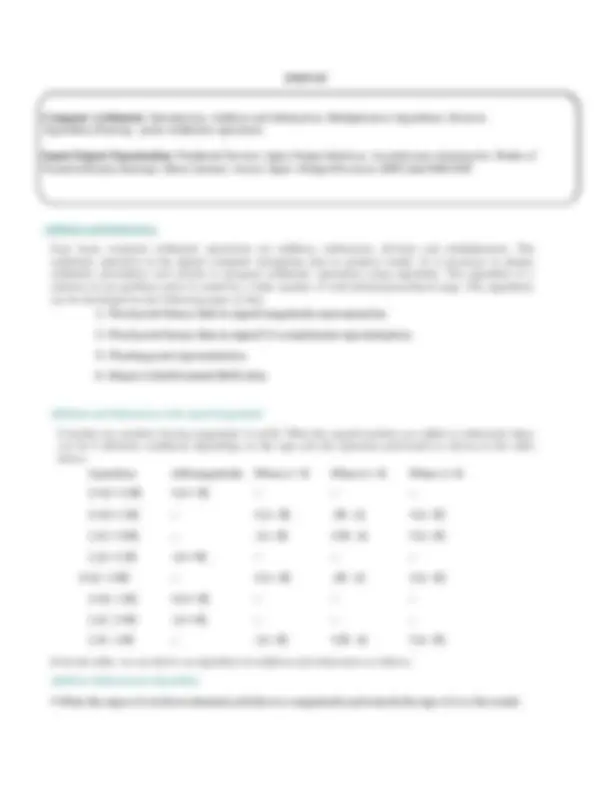
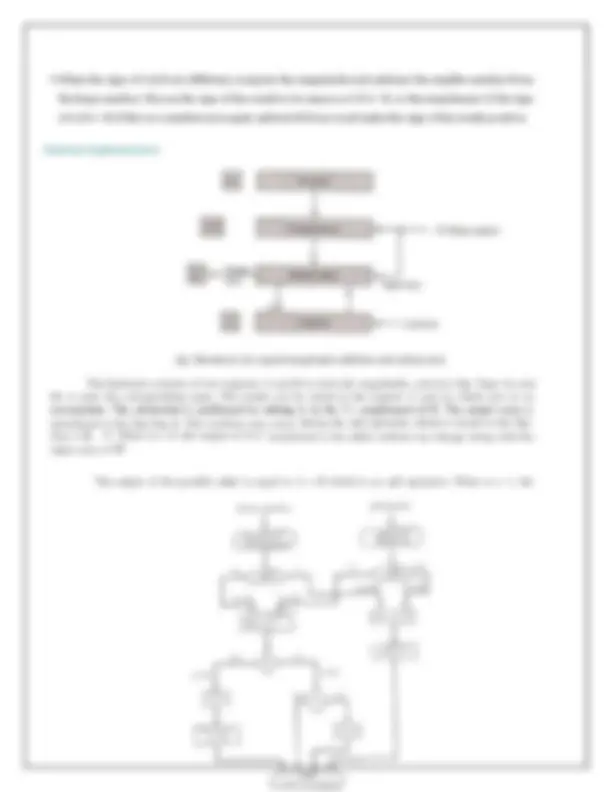
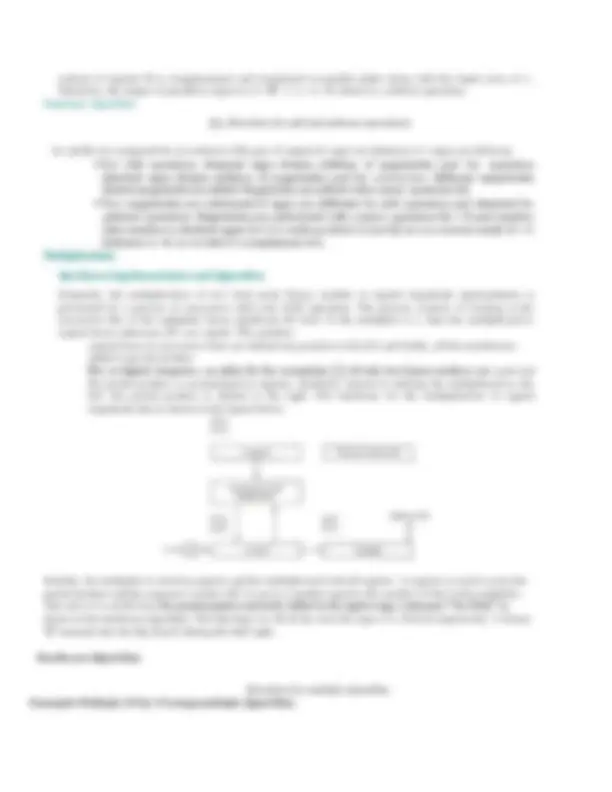
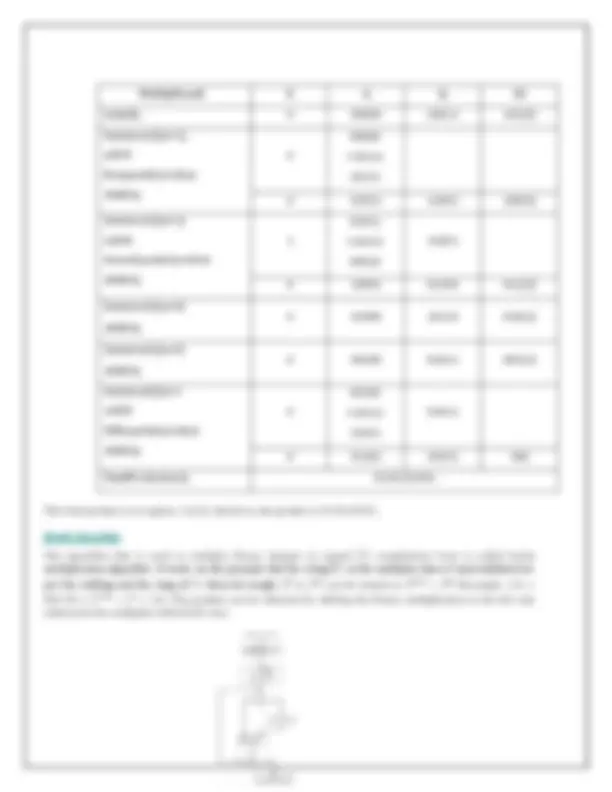
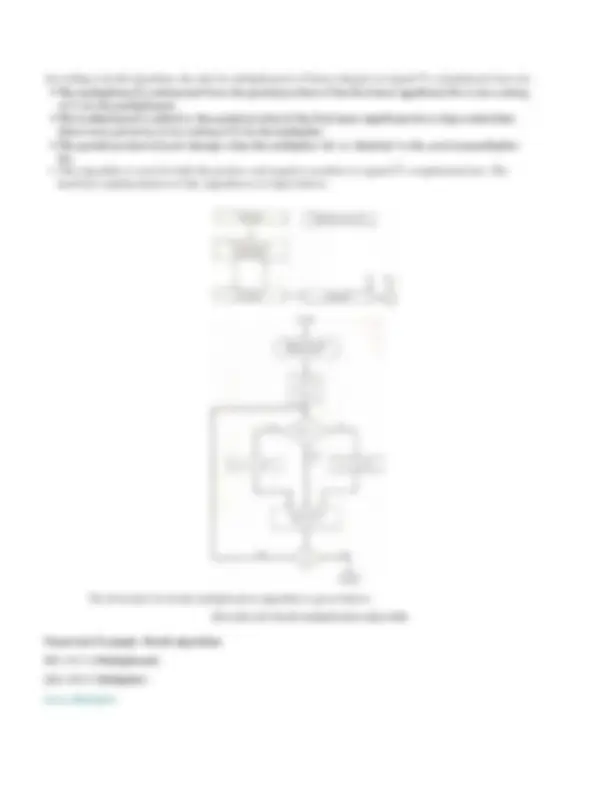
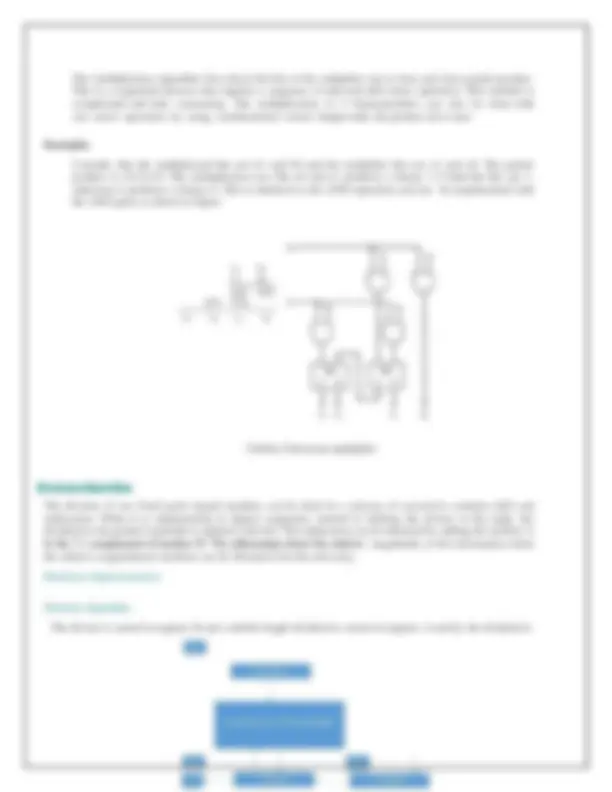
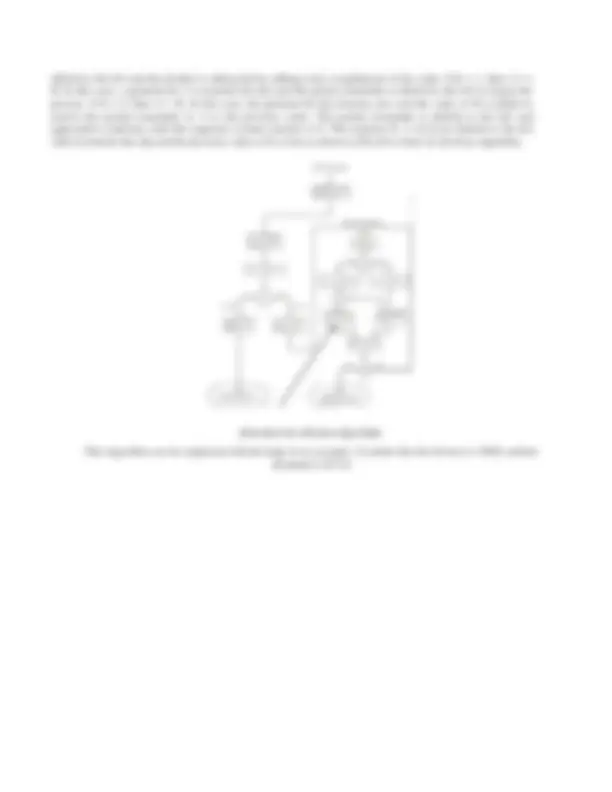
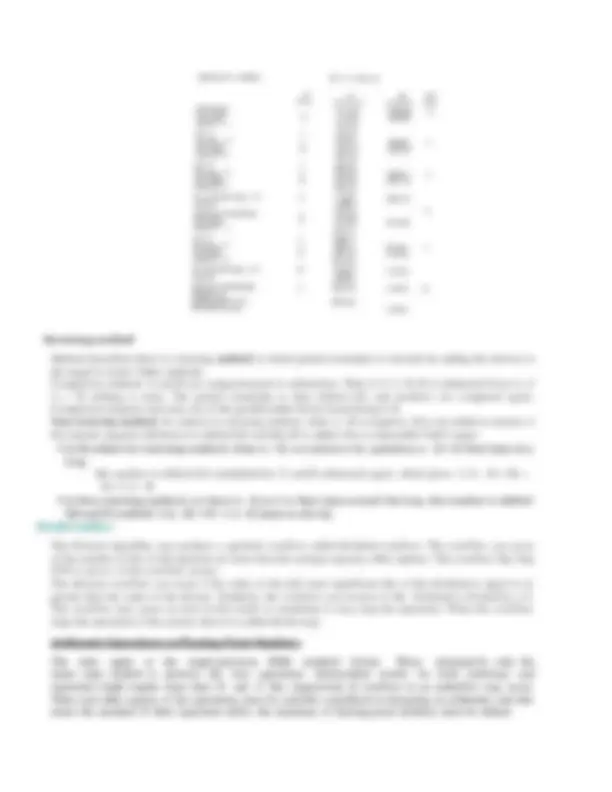
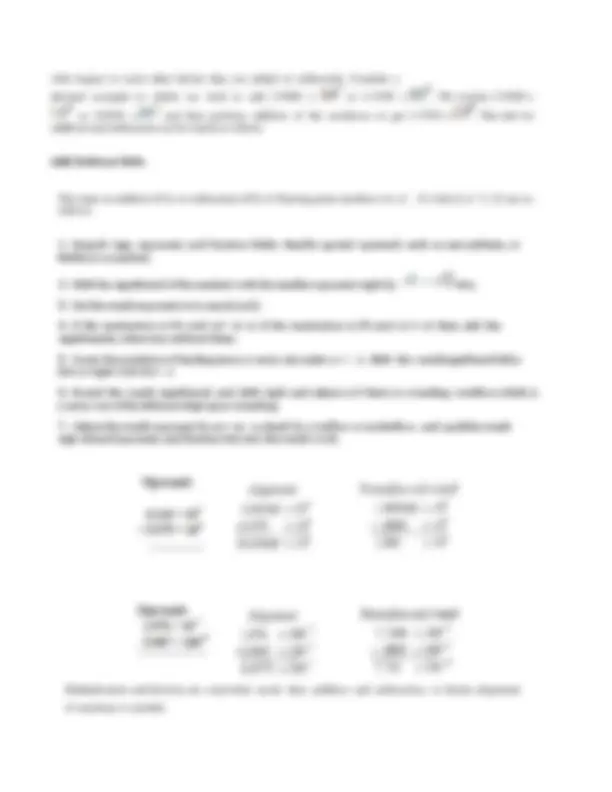
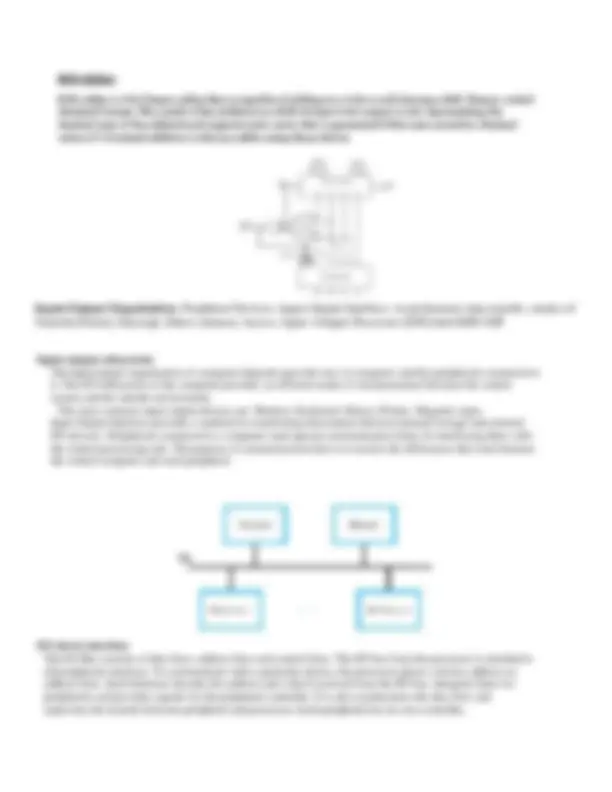
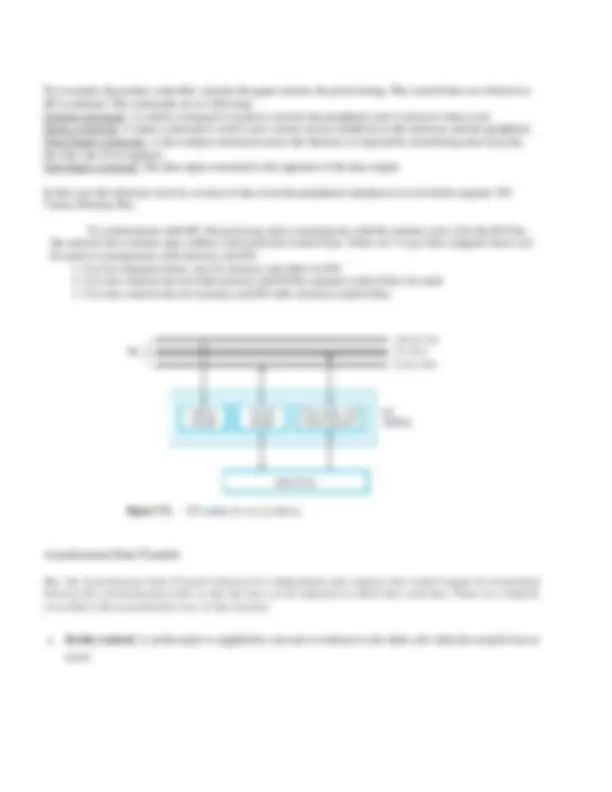
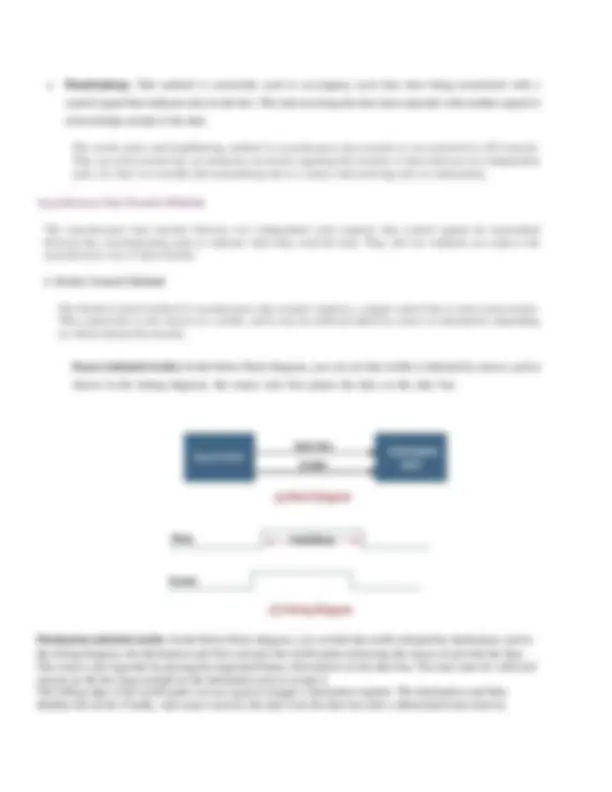
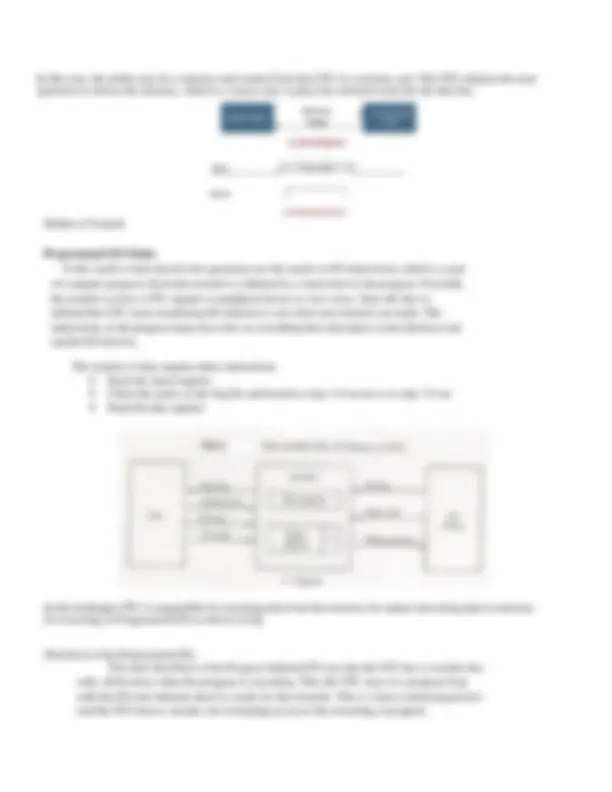
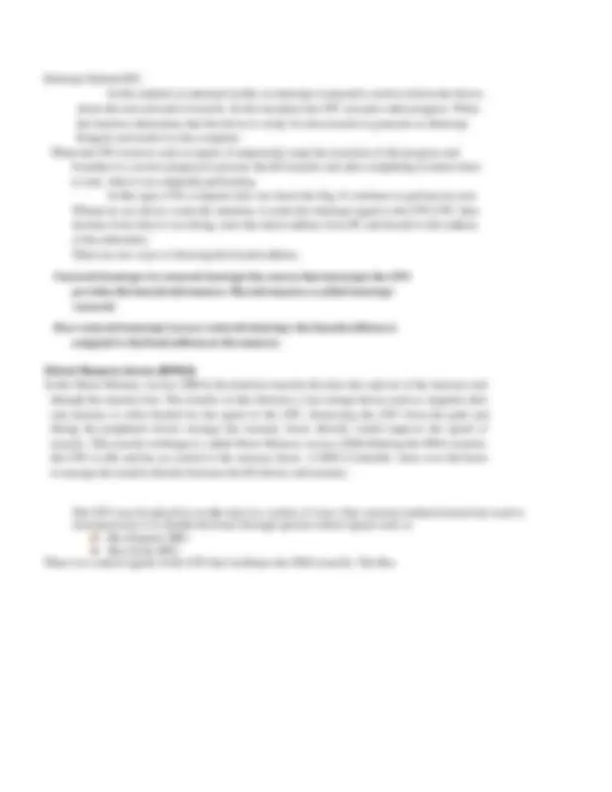
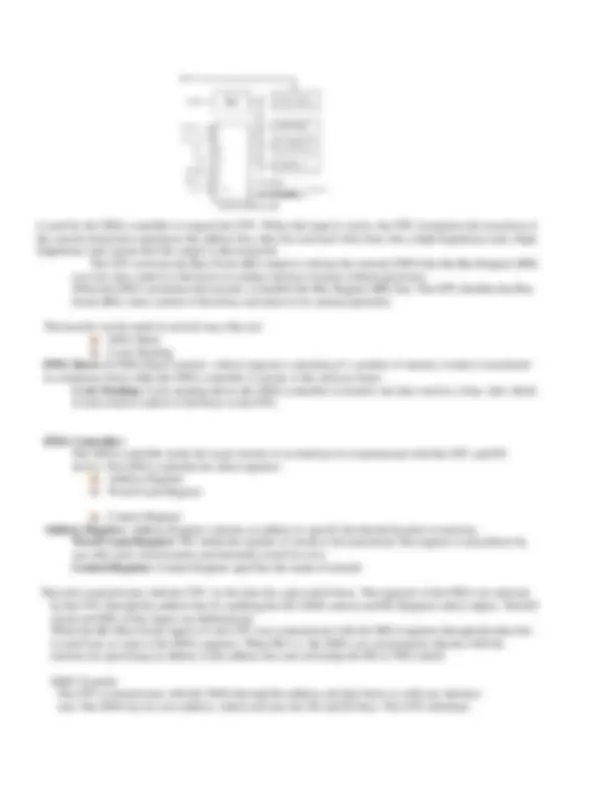
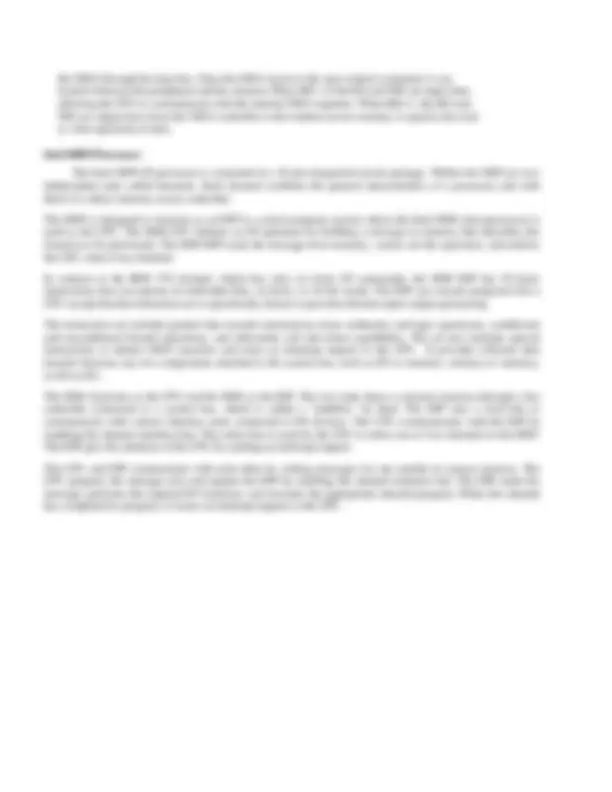
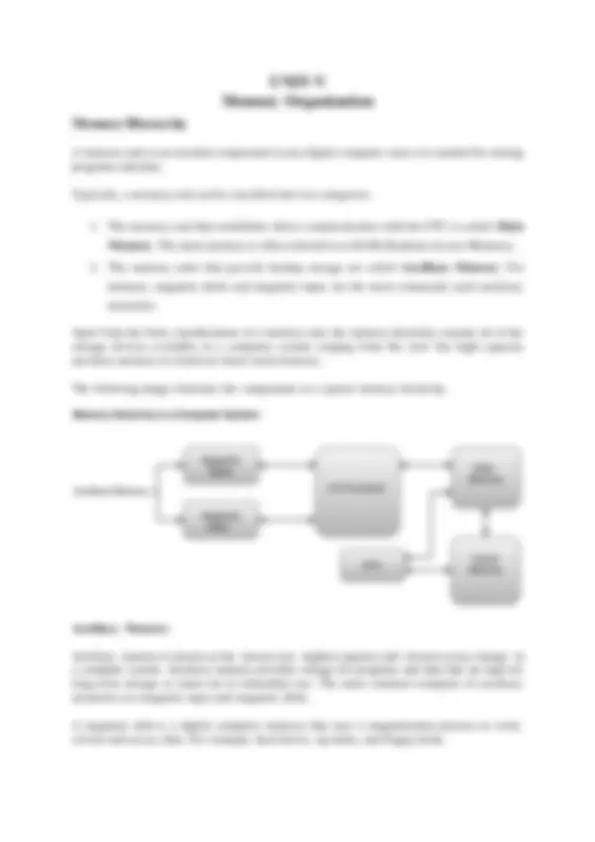
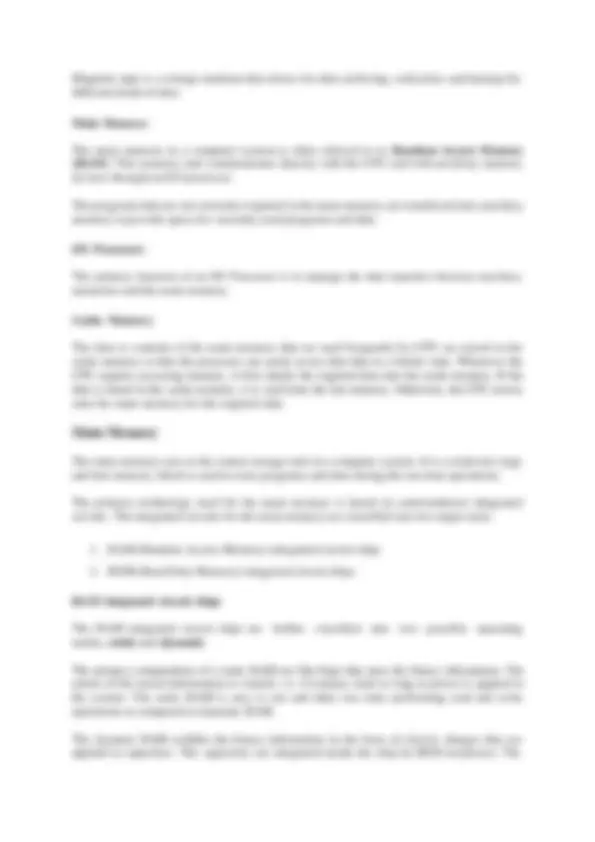
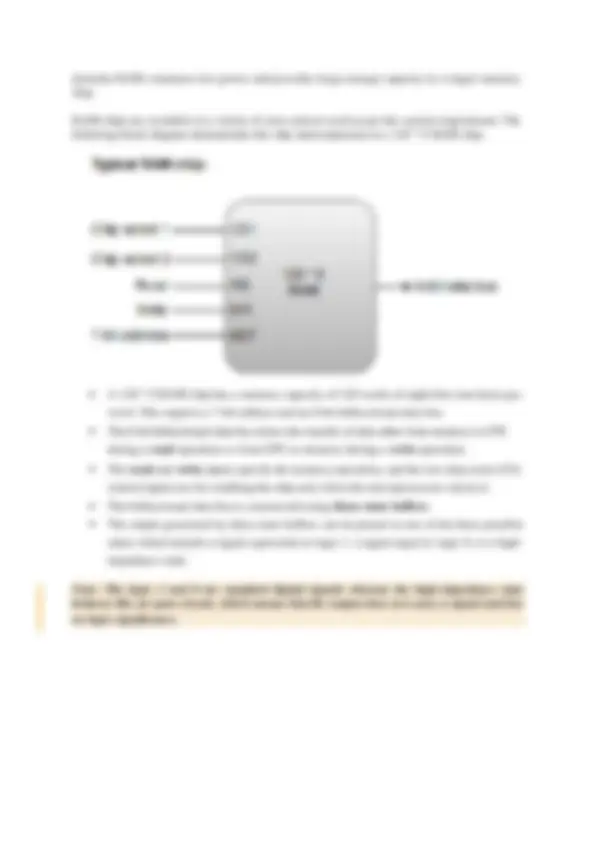
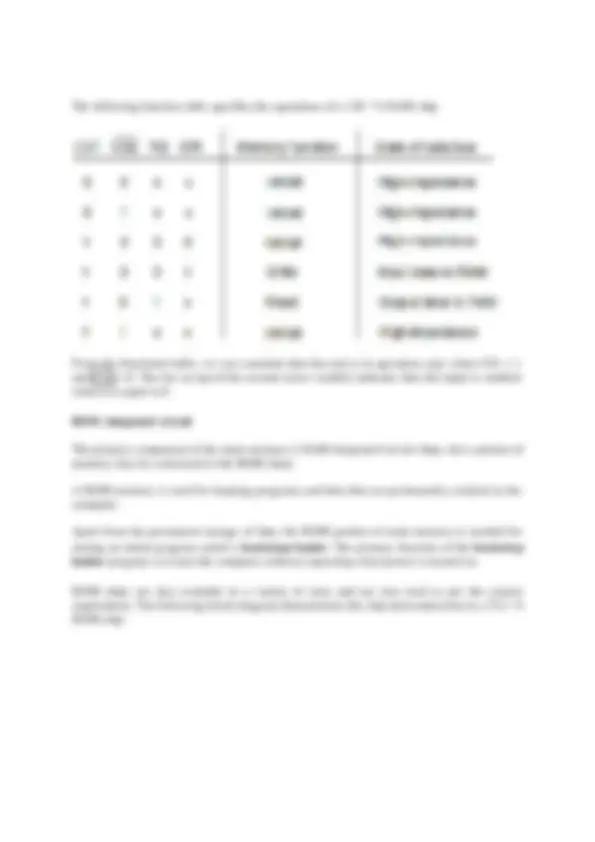
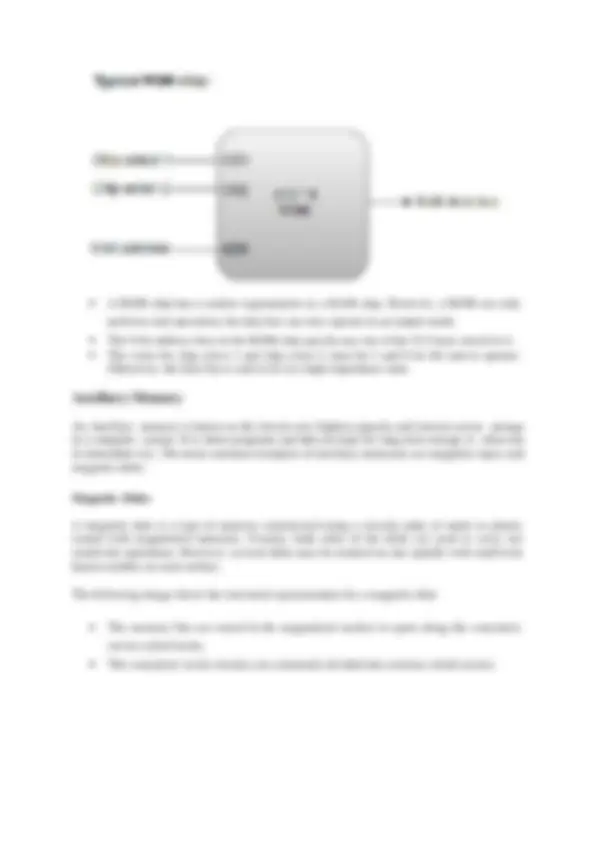
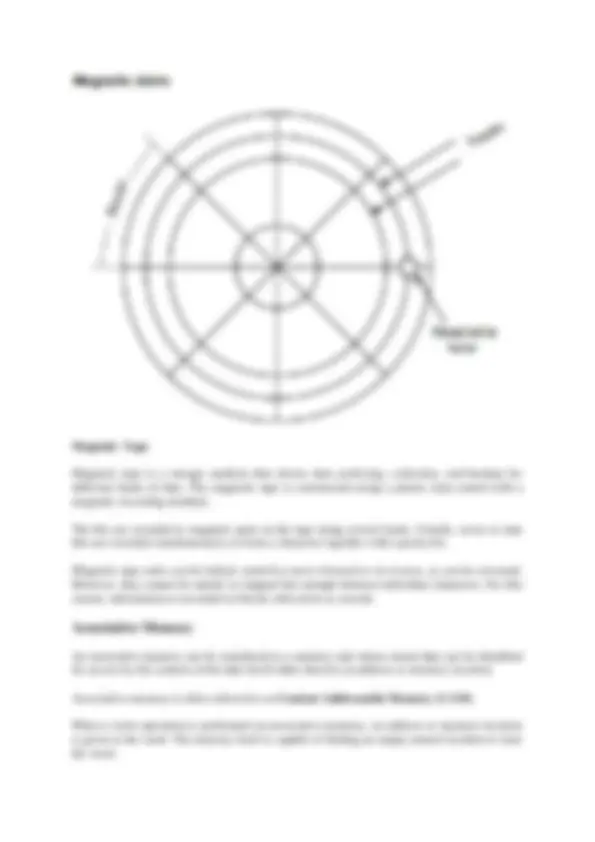
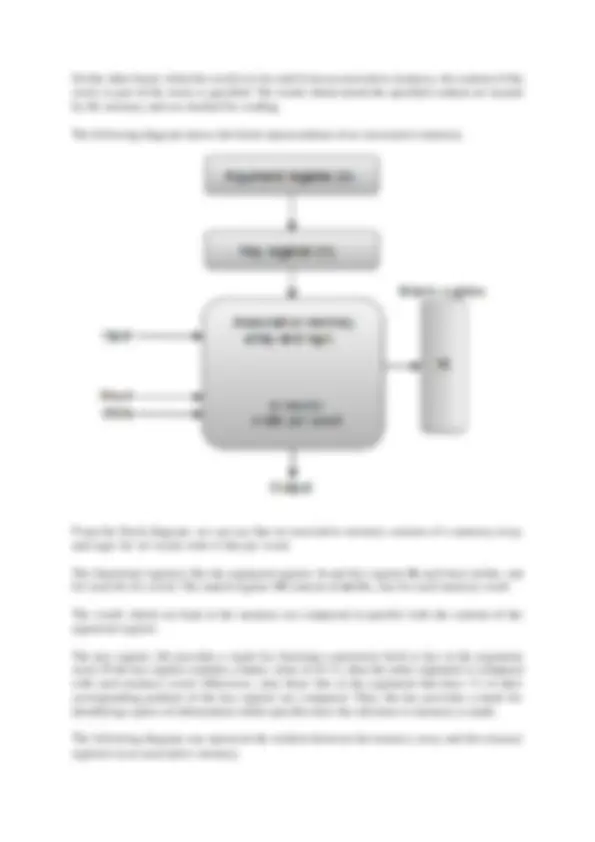
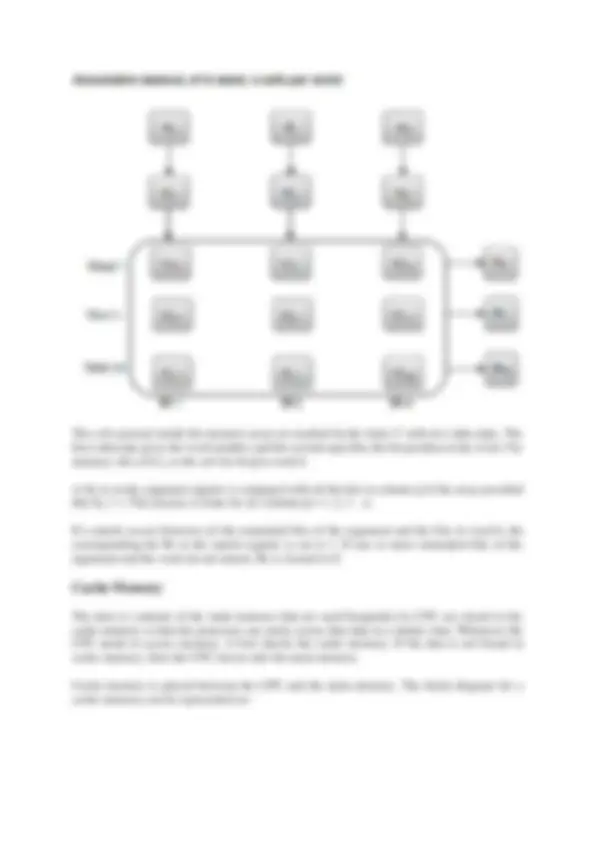
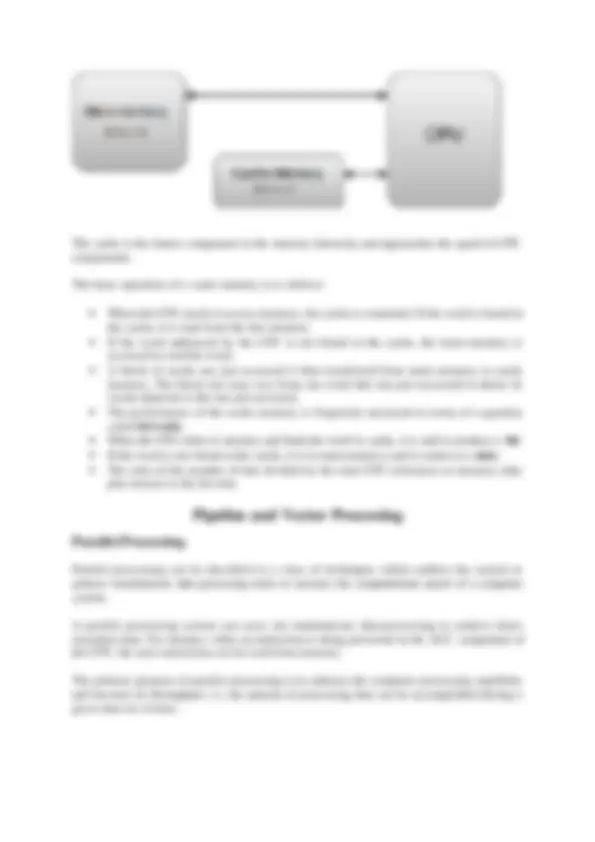
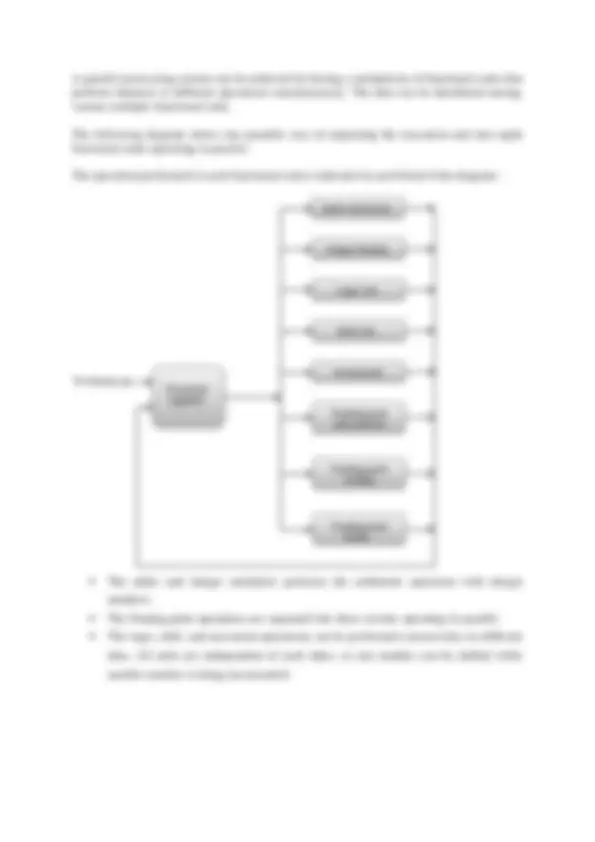
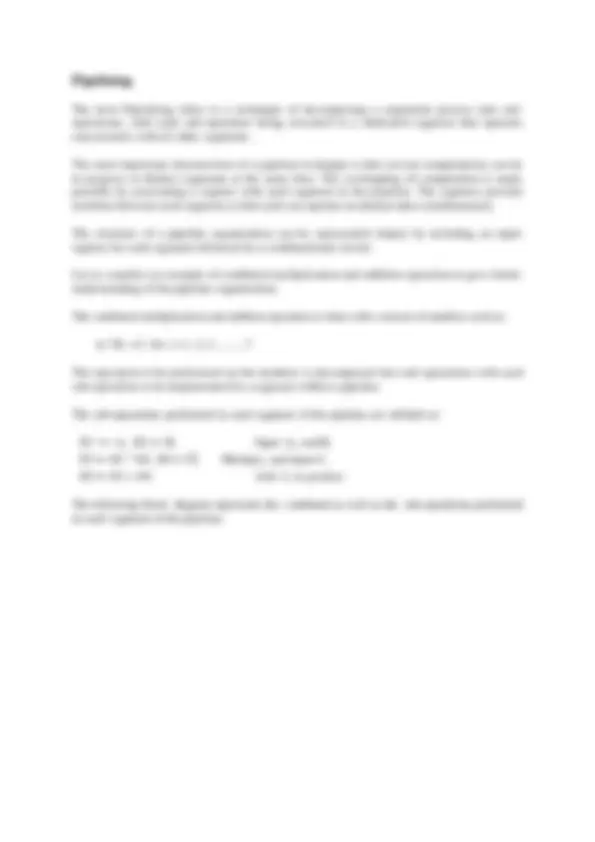


Study with the several resources on Docsity

Earn points by helping other students or get them with a premium plan


Prepare for your exams
Study with the several resources on Docsity

Earn points to download
Earn points by helping other students or get them with a premium plan
Community
Ask the community for help and clear up your study doubts
Discover the best universities in your country according to Docsity users
Free resources
Download our free guides on studying techniques, anxiety management strategies, and thesis advice from Docsity tutors
An overview of computer organization, focusing on instruction codes, computer registers, timing and control, instruction cycles, memory reference instructions, input-output and interrupts, and a complete computer description. It covers the Central Processing Unit (CPU), memory unit, input-output devices, and Computer Organization as a realization of computer architecture.
What you will learn
Typology: Lecture notes
1 / 109

This page cannot be seen from the preview
Don't miss anything!





























































































(Affiliated to JNTUH, Hyderabad, Approved by AICTE - Accredited by NBA & NAAC – ‘A’ Grade - ISO 9001:2015 Certified)
Maisammaguda, Dhulapally (Post Via. Hakimpet), Secunderabad – 500100, Telangana State, INDIA.
tasks.The first electronic digital computer was developed in the late 1940s and was used primarily for
numerical computations.By convention, the digital computers use the binary number system, which has two
digits: 0 and 1. A binary digit is called a bit.A computer system is subdivided into two functional entities:
Hardware and SoftwareThe hardware consists of all the electronic components and electromechanical devices that
comprise the physical entity of the device.The software of the computer consists of the instructions and data that
the computer manipulates to perform various data-processing tasks.
Digital Computers : Introduction, Block diagram of Digital Computer, Definition of ComputerOrganization,
Computer Design and Computer Architecture.
Basic Computer Organization and Design : Instruction codes, Computer Registers, Computer instructions,
Timing and Control, Instruction cycle, Memory Reference Instructions, Input – Output and Interrupt,
Complete Computer Description.
Micro Programmed Control : Control memory, Address sequencing, micro program example,
design of control unit.
The Central Processing Unit (CPU) contains an arithmetic and logic unit for manipulating data, a number
of registers for storing data, and a control circuit for fetching and executing instructions.
The memory unit of a digital computer contains storage for instructions and data.
The Random Access Memory (RAM) for real-time processing of the data.
The Input-Output devices for generating inputs from the user and displaying the final results to the user.
The Input-Output devices connected to the computer include the keyboard, mouse, terminals, magnetic
disk drives, and other communication devices
Computer Organization is realization of what is specified by the computer architecture .It deals with how
operational attributes are linked together to meet the requirements specified by computer architecture. Some
organizational attributes are hardware details, control signals, peripherals.
EXAMPLE : Say you are in a company that manufactures cars, design and all low-level details of the car come
under computer architecture (abstract, programmers view), while making it’s parts piece by piece and connecting
together the different components of that car by keeping the basic design in mind comes under computer
organization (physical and visible).
In addition to the opcode, many instructions also contain one or more operands , which indicate where in
registers or memory the data required for the operation is located. For example, and add instruction requires two
operands, and a not instructionrequires one.
The opcode and operands are most often encoded as unsigned binary numbers in order to minimize the number
of bits used to store them. For example, a 4-bit opcode encoded as a binary number could represent up to 16
different operations.
The control unit is responsible for decoding the opcode and operand bits in the instruction register, and then
generating the control signals necessary to drive allother hardware in the CPU to perform the sequence of
microoperations that comprise the instruction.
Basic Computer Instruction Format:
The Basic Computer has a 16 - bit instruction code similar to the examples describedabove. It supports direct
and indirect addressing modes.
How many bits are required to specify the addressing mode?
I = 0: direct
I = 1: indirect
Computer Instructions
All Basic Computer instruction codes are 16 bits wide. There are 3 instruction codeformats:
Memory-reference instructions take a single memory address as an operand, andhave the format:
If I = 0, the instruction uses direct addressing. If I = 1, addressing in indirect.How many memory-reference
instructions can exist?
Register-reference instructions operate solely on the AC register, and have the following format:
How many register-reference instructions can exist? How many memory-reference instructions can coexist with
register-reference instructions?
Input/output instructions have the following format:15 14 12 11
Timing and Control
All sequential circuits in the Basic Computer CPU are driven by a master clock, withthe exception of the INPR
register. At each clock pulse, the control unit sends control signals to control inputs of the bus, the registers, and
the ALU.
Control unit design and implementation can be done by two general methods:
A hardwired control unit is designed from scratch using traditional digital logic design techniques to
produce a minimal, optimized circuit. In other words, the control unit is like an ASIC (application-
specific integrated circuit).
A micro-programmed control unit is built from some sort of ROM. The desired control signals are
simply stored in the ROM, and retrieved in sequence to drive the micro operations needed by a
particular instruction.
Micro programmed control:
Micro programmed control is a control mechanism to generate control signals by using a memory called
control storage (CS), which contains the control signals. Although micro programmed control seems to
be advantageous to CISC machines, since CISC requires systematic development of sophisticated control
signals, there is no intrinsic difference between these 2 control mechanisms.
Program execution can be represented as a top-down design:
Instruction 3 ..
Program execution begins with:
PC ← address of first instruction, SC ← 0
After this, the SC is incremented at each clock cycle until an instruction is completed, and then it is cleared to
begin the next instruction. This process repeats until a HLT instruction is executed, or until the power is shut off.
0
1
2
0
1
2
0 - 7
For every timing cycle, we assume SC ← SC + 1 unless it is stated that SC ← 0.
The operation D 0 - 7
← decoded IR( 12 - 14) is not a register transfer like most of our micro operations, but is
actually an inevitable consequence of loading a value into the IR register. Since the IR outputs 12-14 are directly
connected to a decoder, the outputsof that decoder will change as soon as the new values of IR(12-14) propagate
through the decoder.
In hardware development, unlike serial software development, it is often advantageous to
perform work that may not be necessary. Since we can performmultiple micro operations at the same time,
we might was well do everything that might be useful at the earliest possible time. Likewise, loading AR
with the
address field from IR at T 2
is only useful if the instruction is a memory-reference instruction. We
won't know this until T 3
, but there is no reason to wait since there is no harm in loading AR immediately
The Basic Computer I/O consists of a simple terminal with a keyboard and aprinter/monitor.
The keyboard is connected serially (1 data wire) to the INPR register. INPR is a shift register capable of shifting
in external data from the keyboard one bit at a time. INPR outputs are connected in parallel to the ALU.
Shift enable
v
| Keyboard |---/-->| INPR <|--- serial I/O clock
v v v
Control memory is a random access memory(RAM) consisting of addressable storage registers. It is
primarily used in mini and mainframe computers. It is used as a temporary storage for data. Access to control
memory data requires less time than to main memory; this speeds up CPU operation by reducing the number of
memory references for data storage and retrieval. Access is performed as part of a control section sequence
while the master clock oscillator is running. The control memory addresses are divided into two groups: a task
modeand an executive (interrupt) mode.
Addressing words stored in control memory is via the address select logic for each of the register
groups. There can be up to five register groups in control memory. These groups select a register for fetching
data for programmed CPU operation or for maintenance console or equivalent display or storage of data via
maintenance console or equivalent. During programmed CPU operations, these registers are accessed directly by
the CPU logic. Data routing circuits are used by control memory to interconnect the registers used in control
memory. Some of the registers contained in a control memory that operate in the task andthe executive modes
performed
select the paths in multiplexers, decoders, and ALUs.
a control memory
register micro operations
Addressing Sequencing:
Each machine instruction is executed through the application of a sequence of microinstructions.
Clearly, we must be able to sequence these; the collection of microinstructions which implements a
particular machine instruction is called a routine.
The MCU typically determines the address of the first microinstruction which implements a machine
instruction based on that instruction's opcode. Upon machine power- up, the CAR should contain the
address of the first microinstruction to be executed.
The MCU must be able to execute microinstructions sequentially (e.g., within routines), but must also
Alternately, the n - bit opcode value can be used as the ``address'' input of a 2n x M ROM; the contents of the
selected ``word'' in the ROM will be the desired M - bit CAR address for the beginning of the routine
implementing that instruction. (This technique allows for variable- length routines in the CM.) >pp We choose
between all the possible ways of generating CAR values by feeding them all into a multiplexor bank, and
implementing special branch logic which will determine how the muxes will pass on the next address to the
UNIT-II
Central Processing Unit
The 8086 Processor Architecture
General Registers: